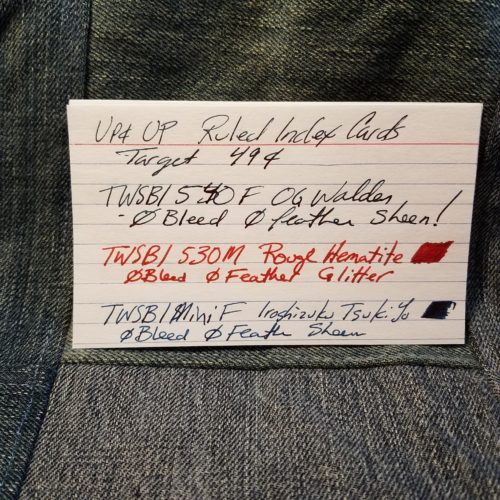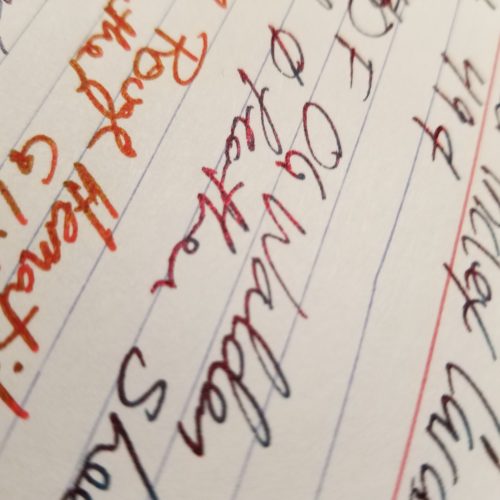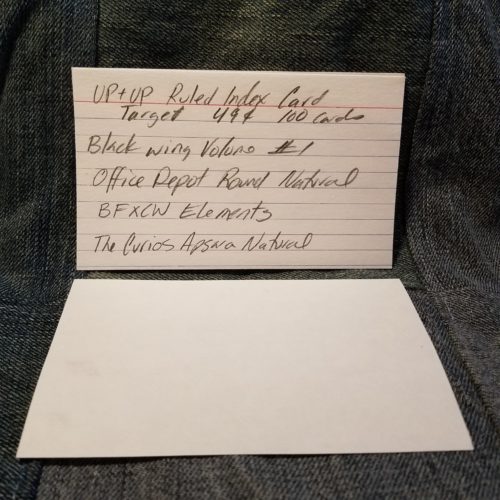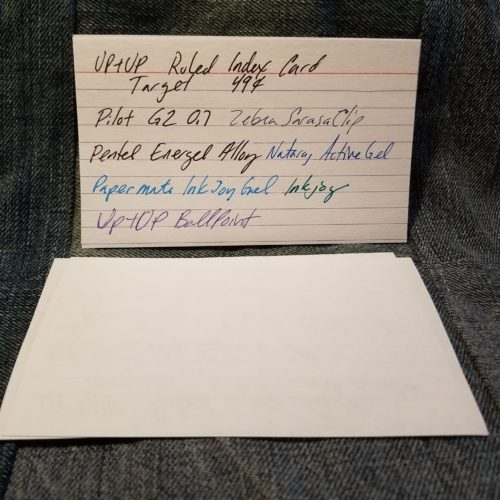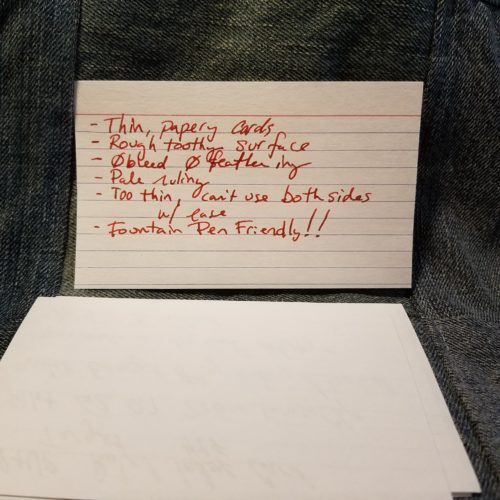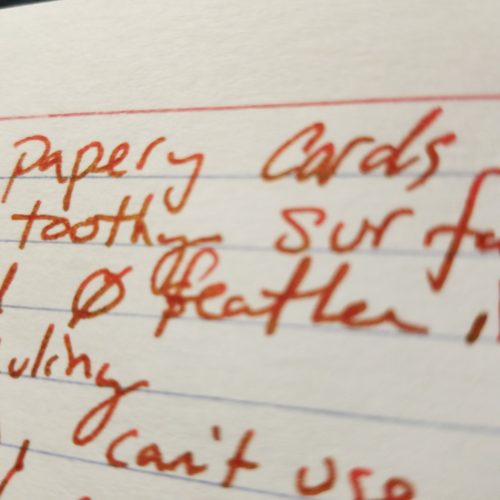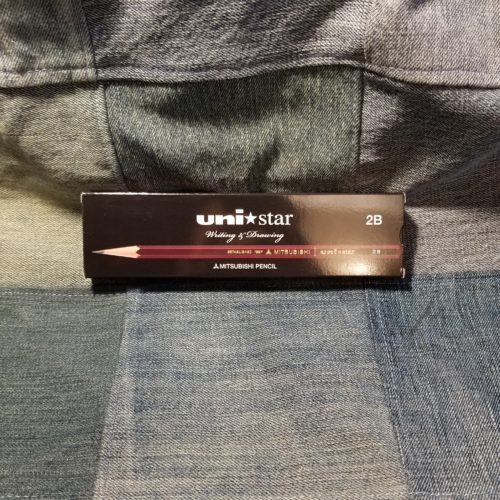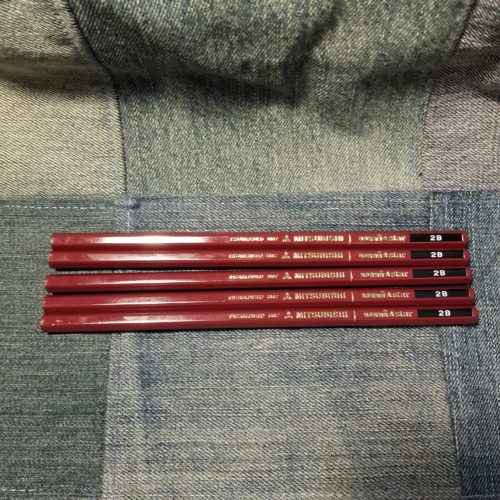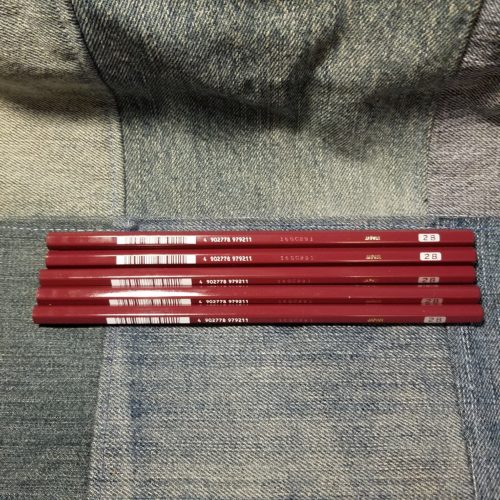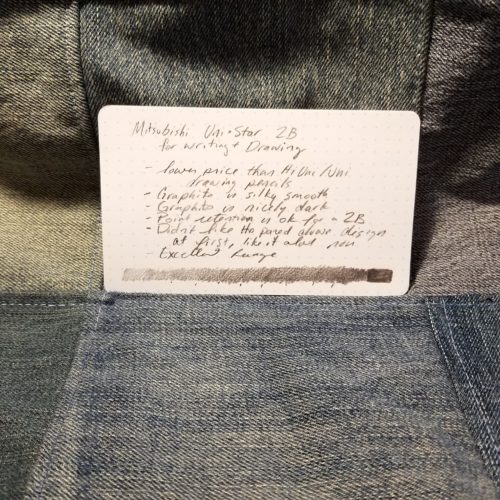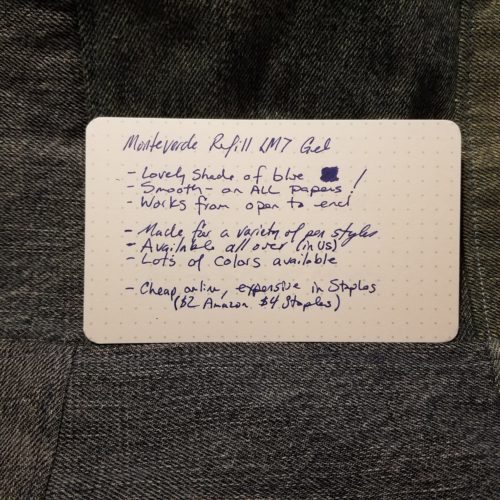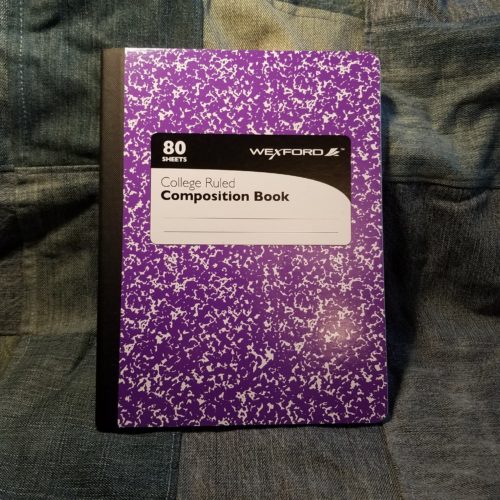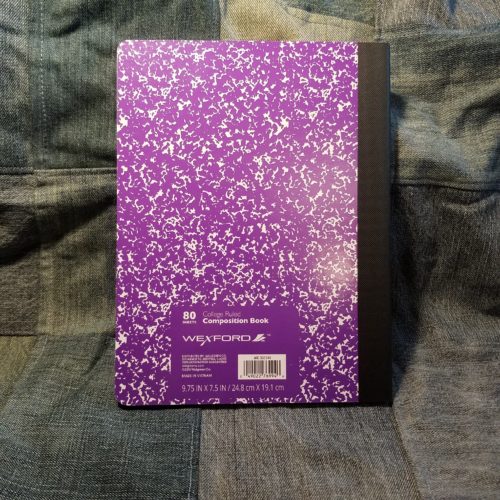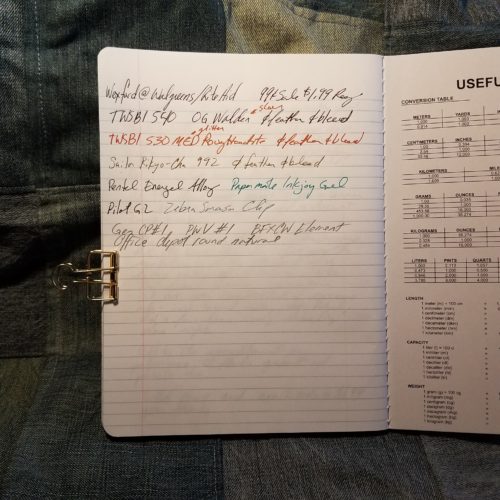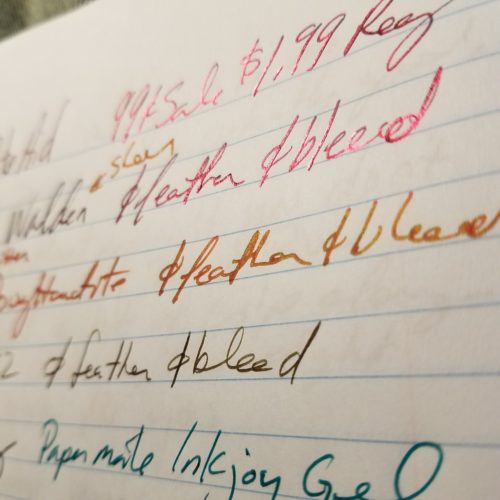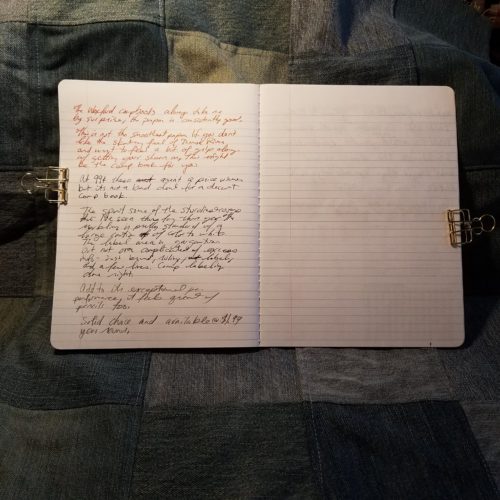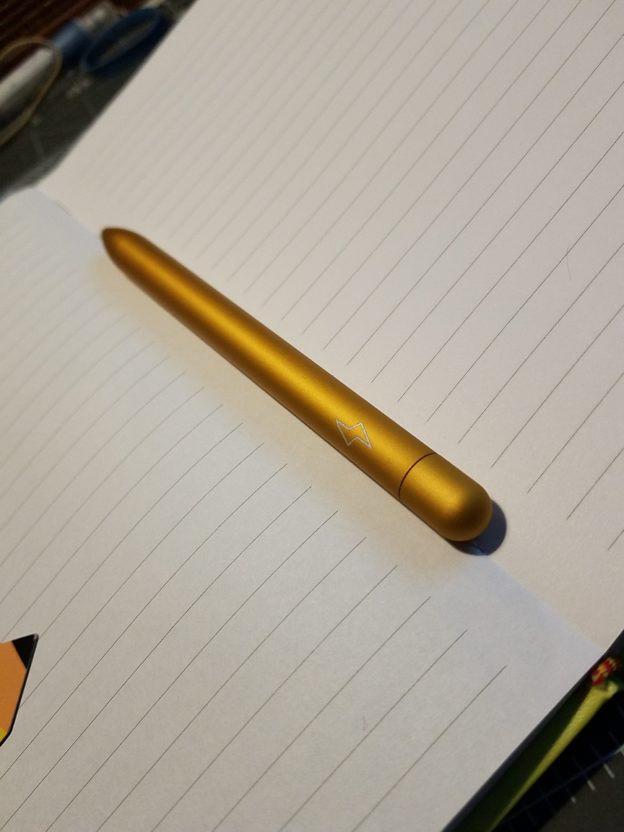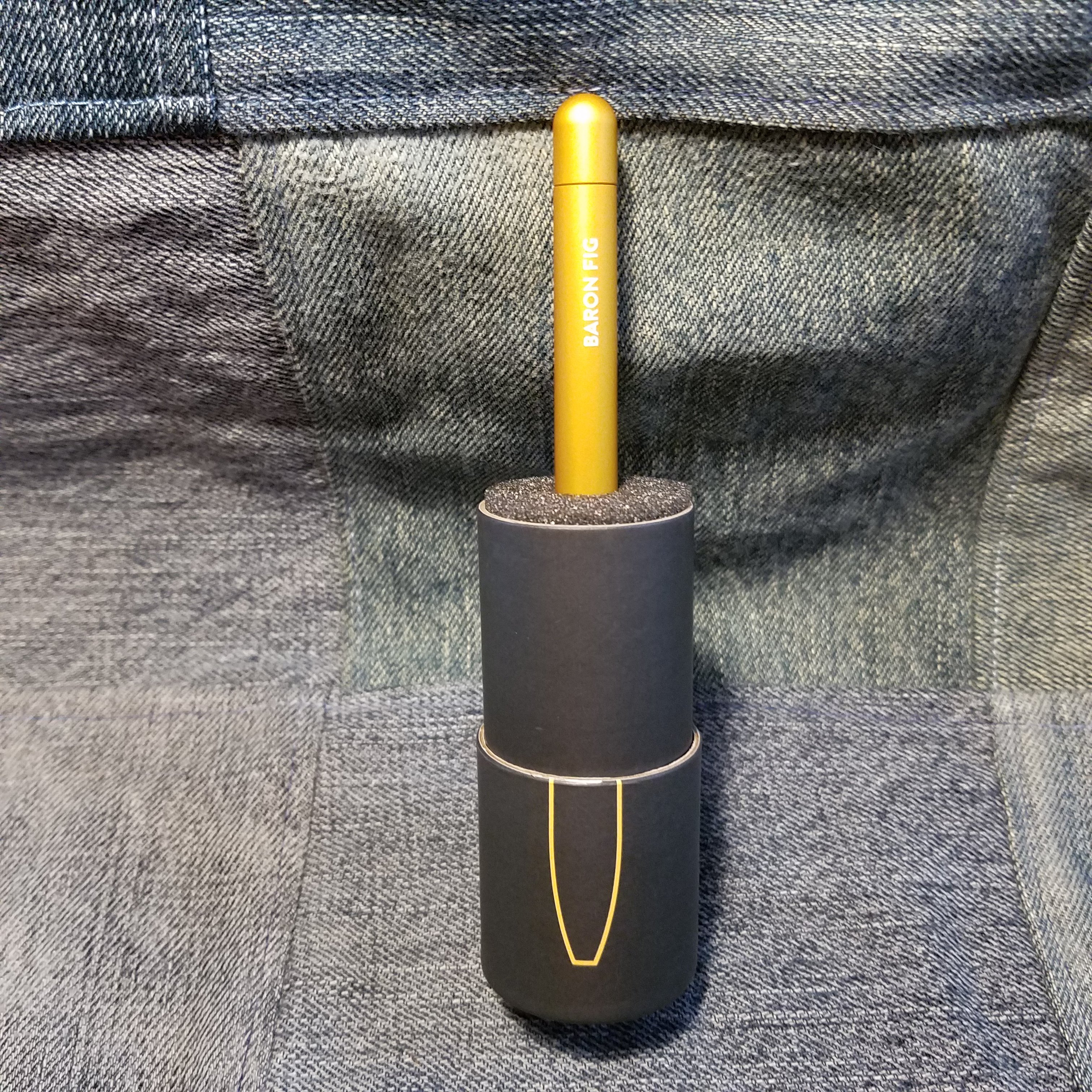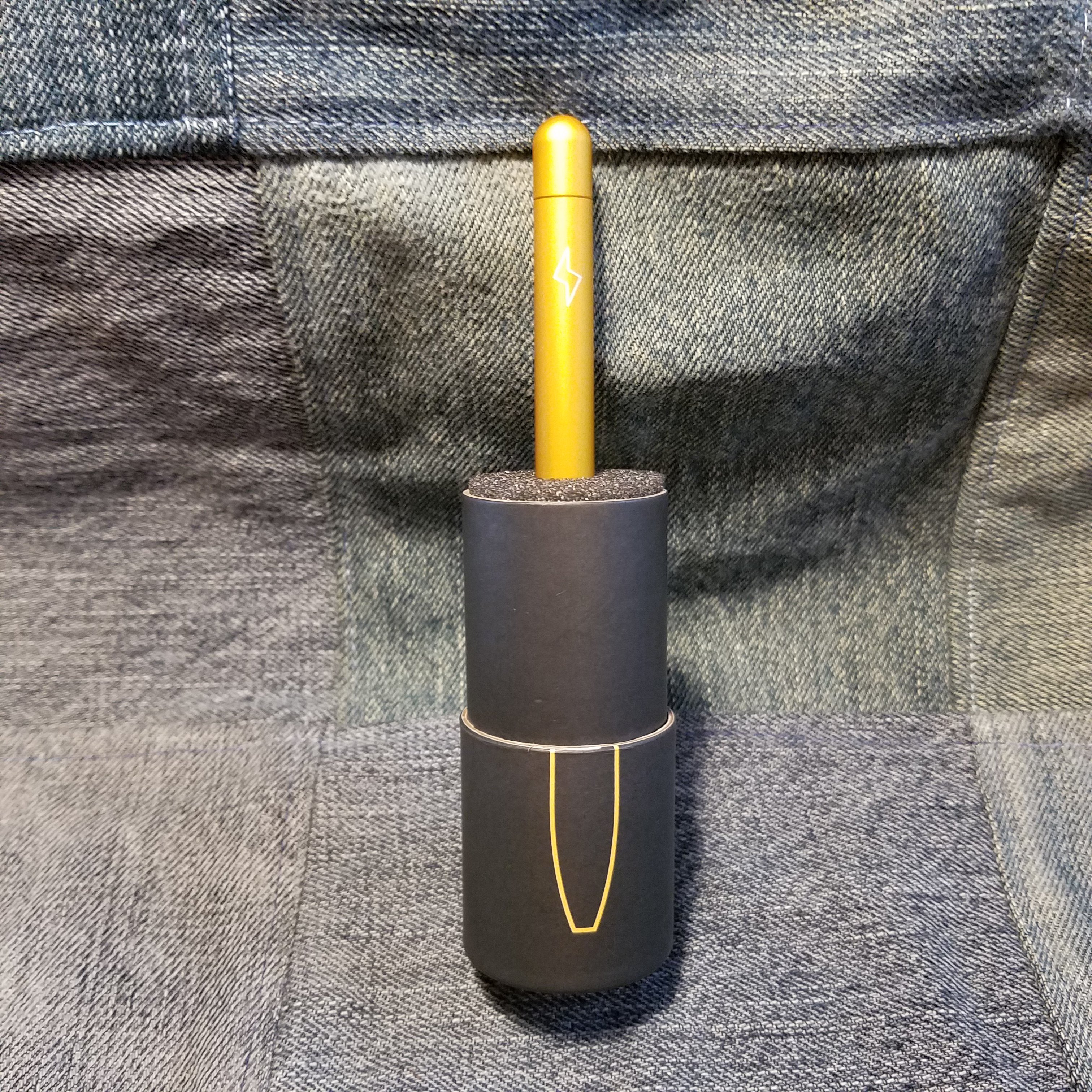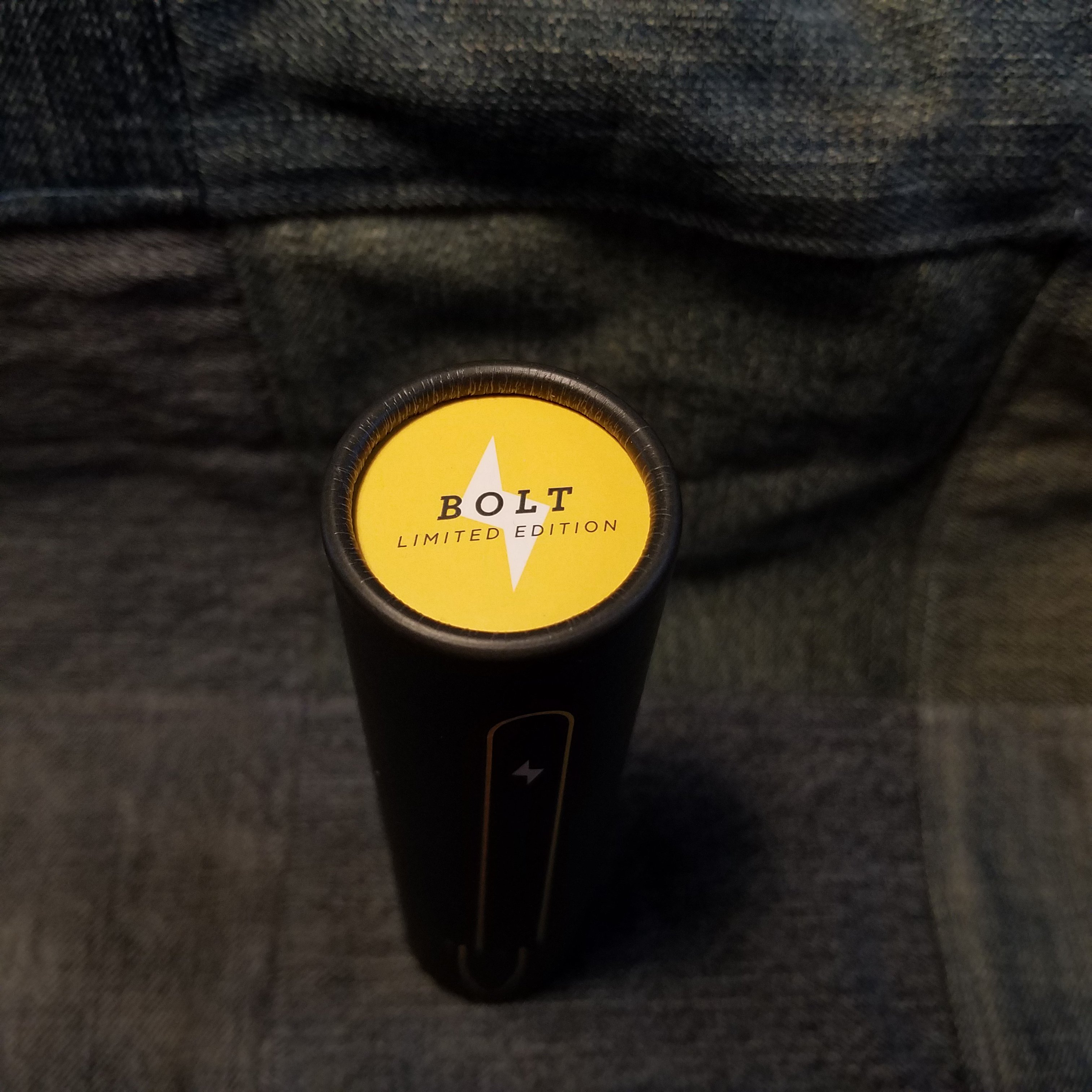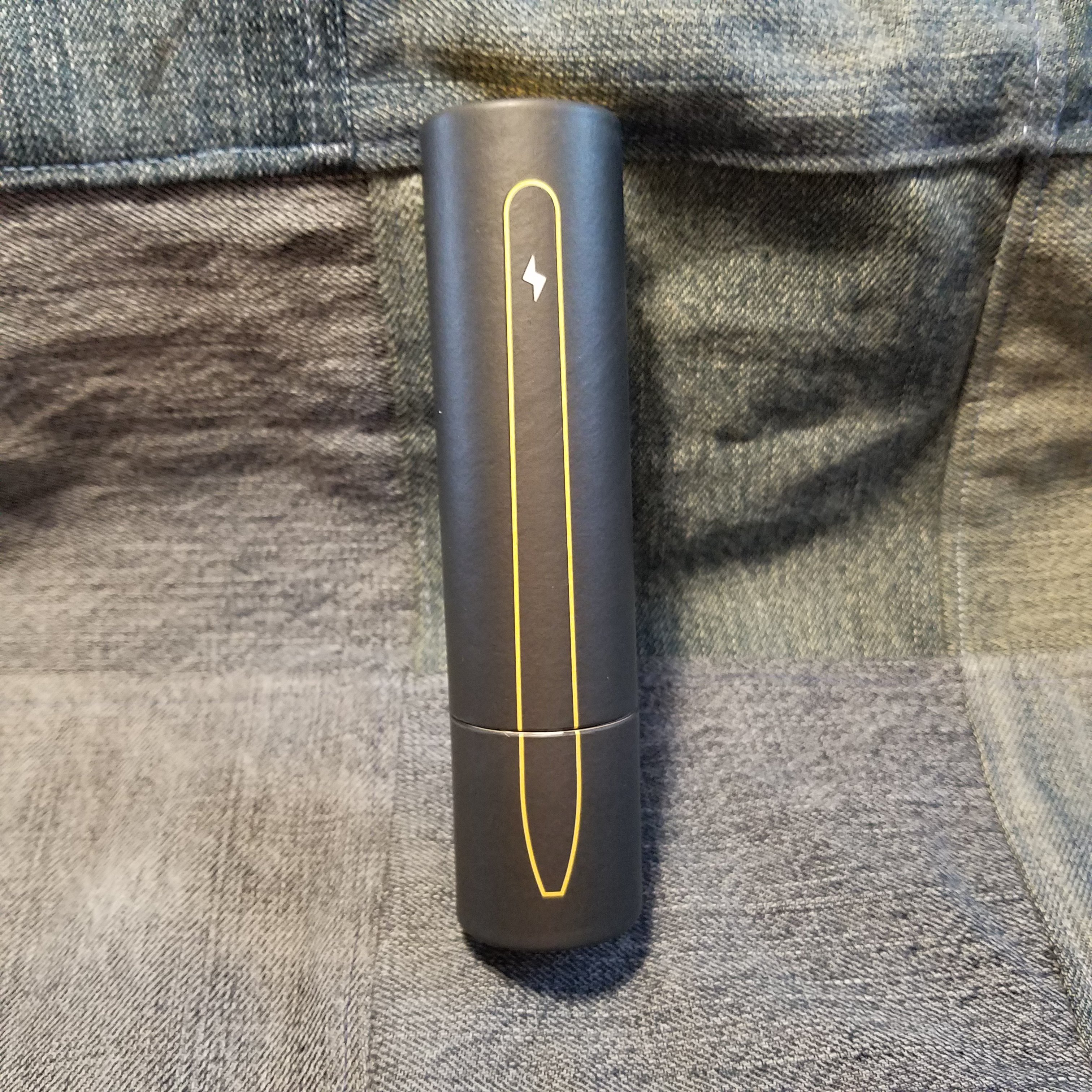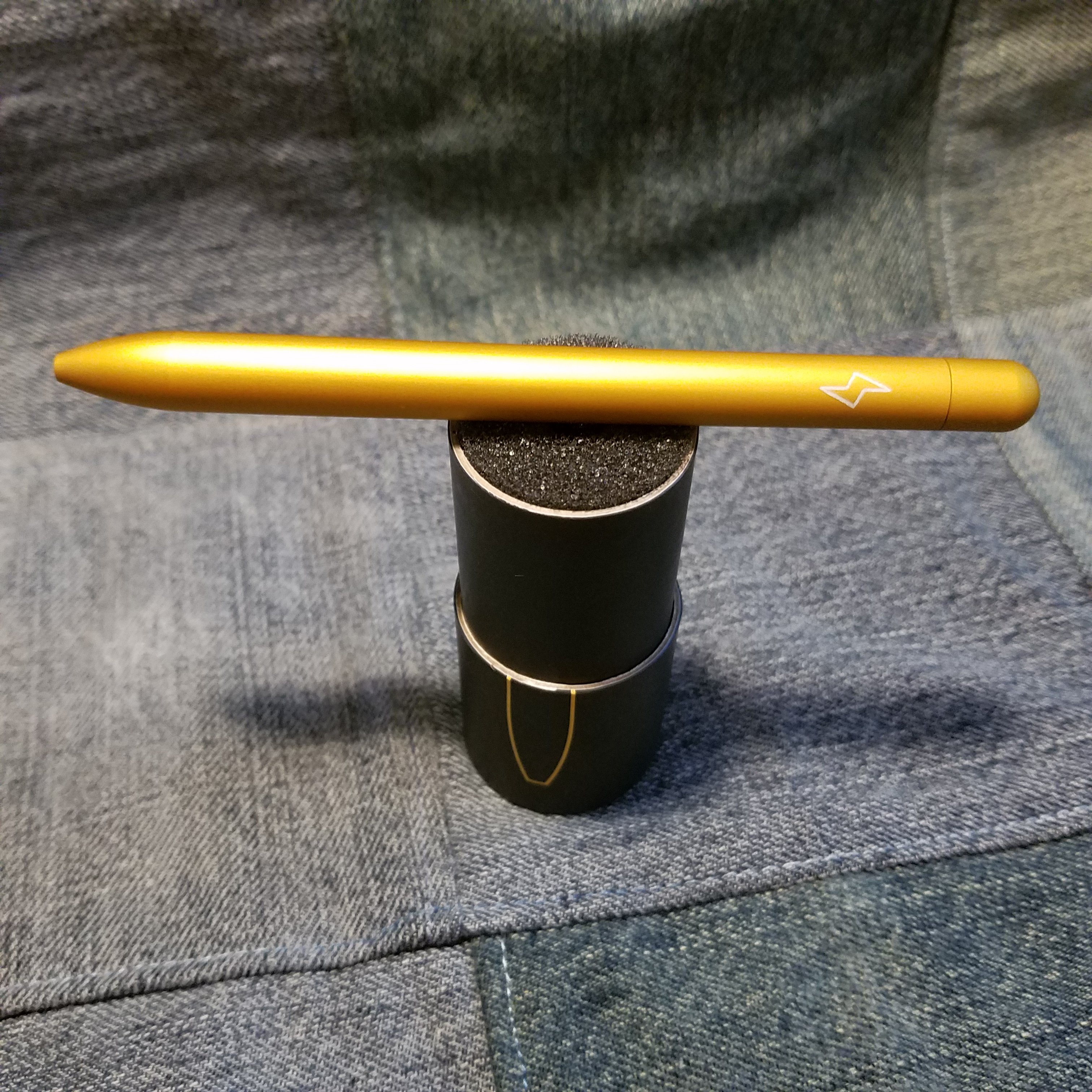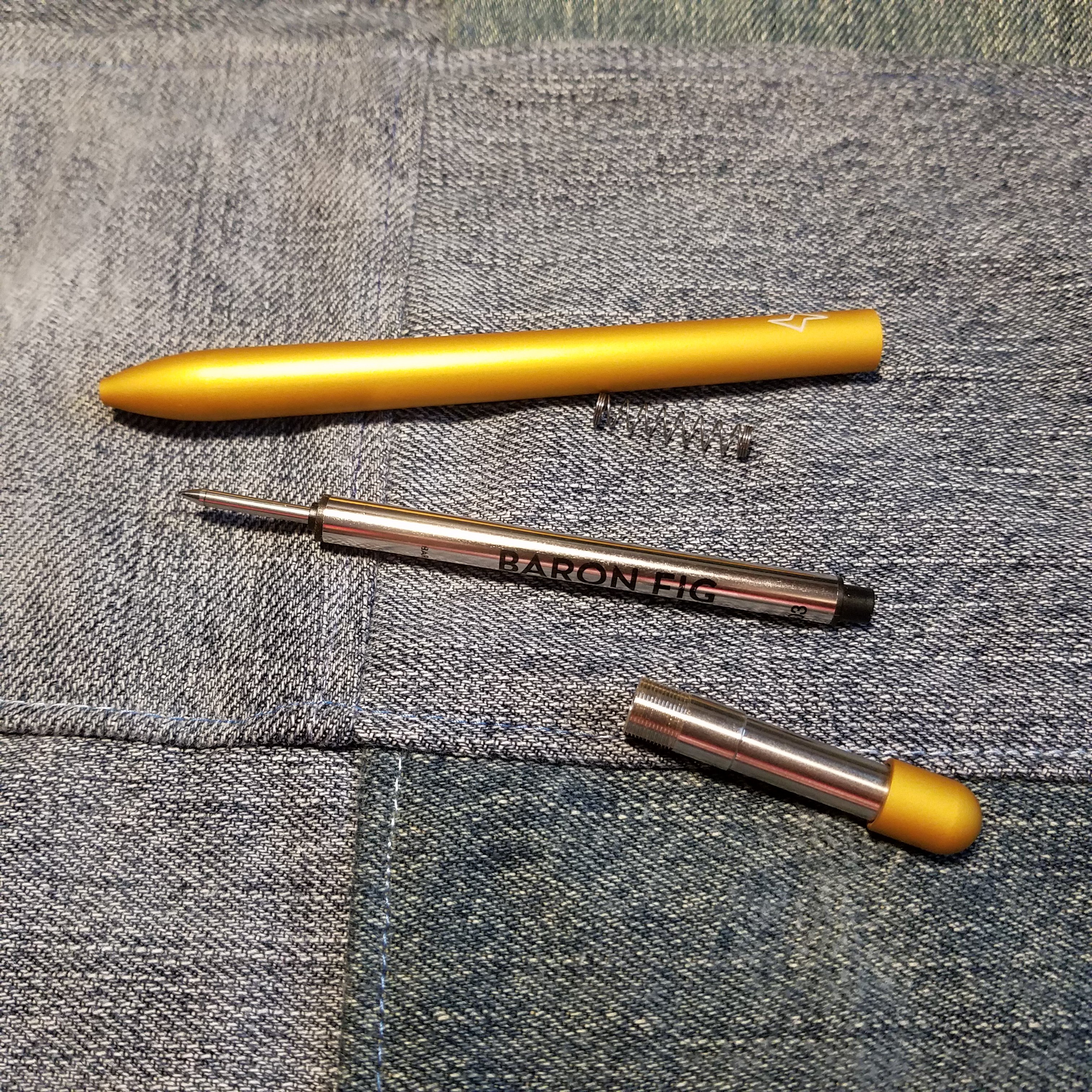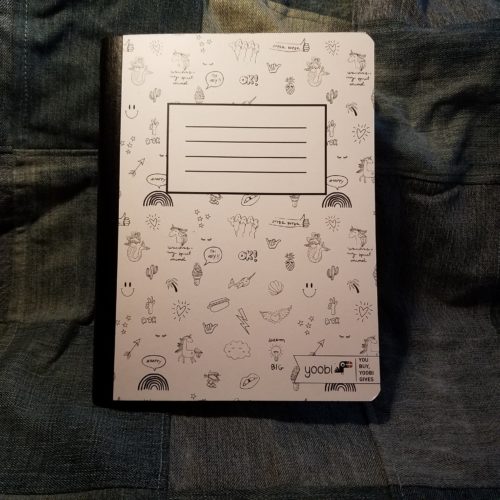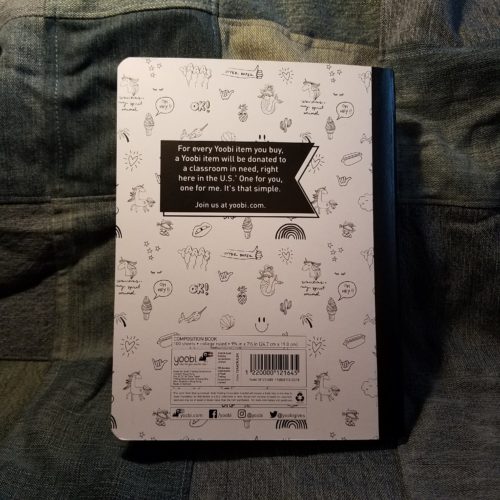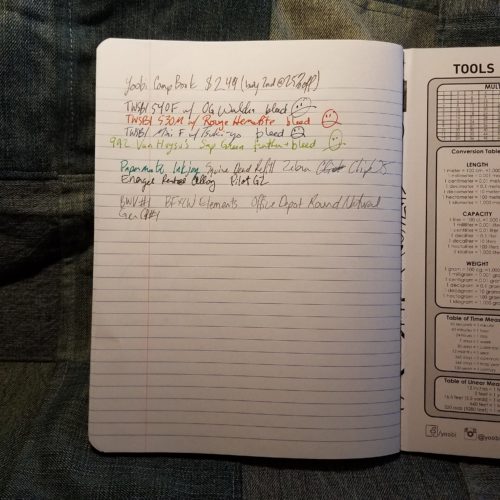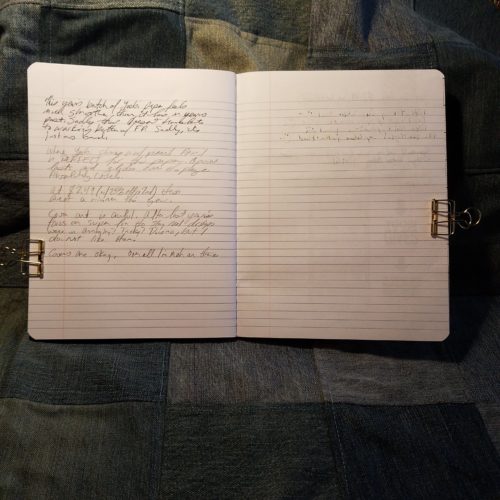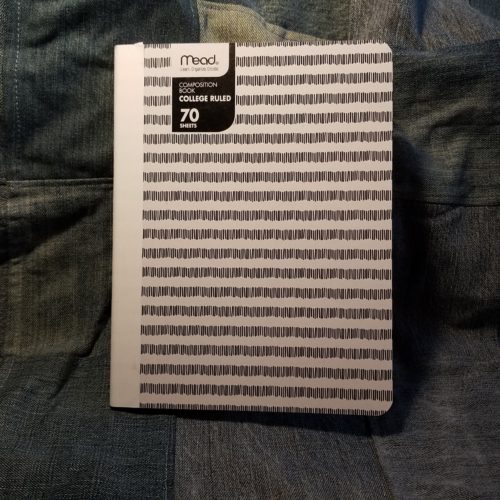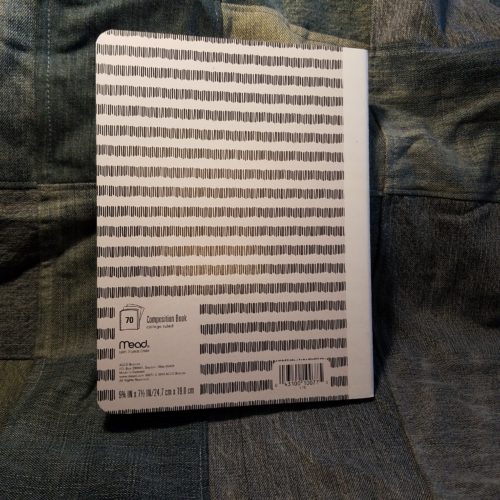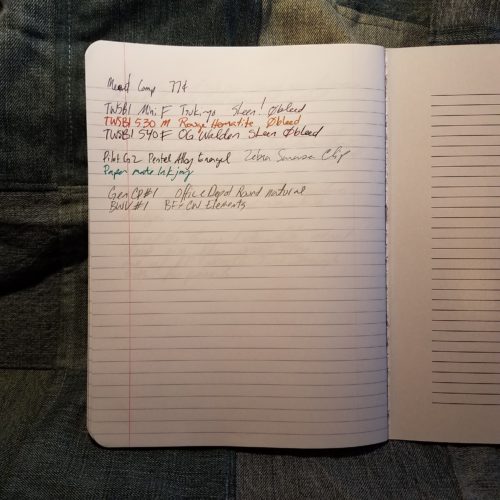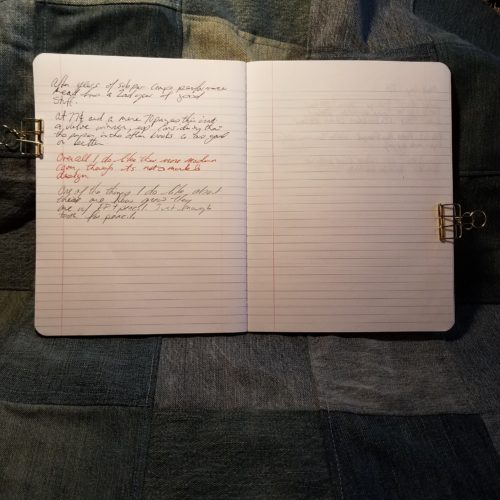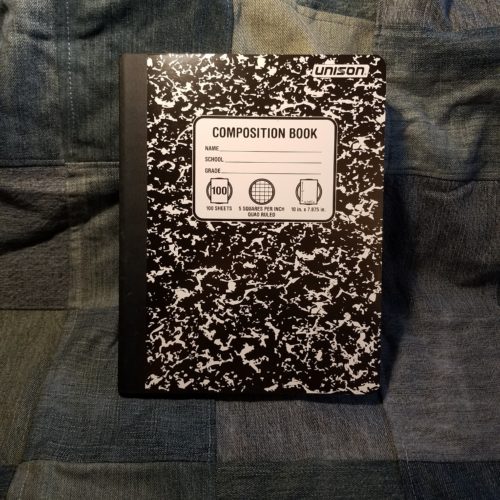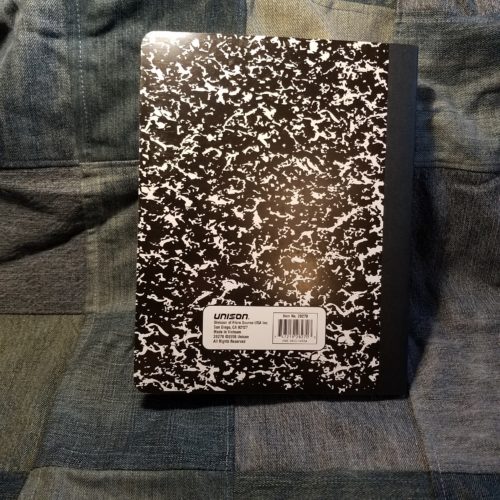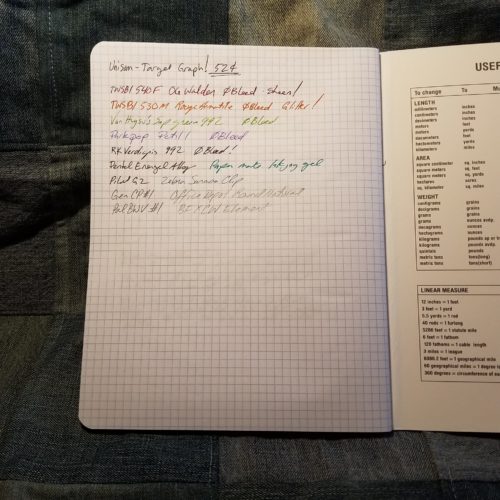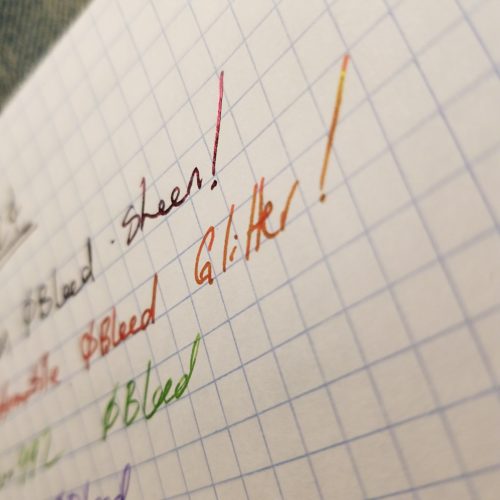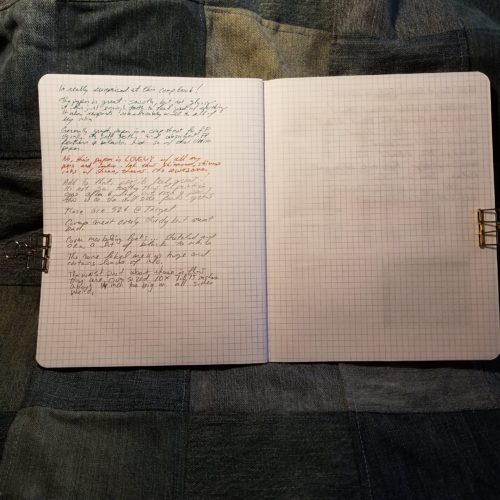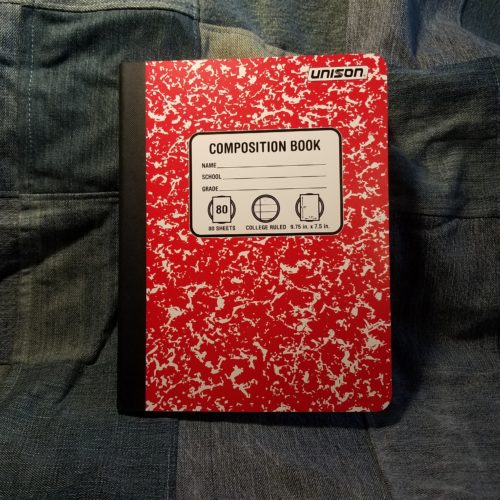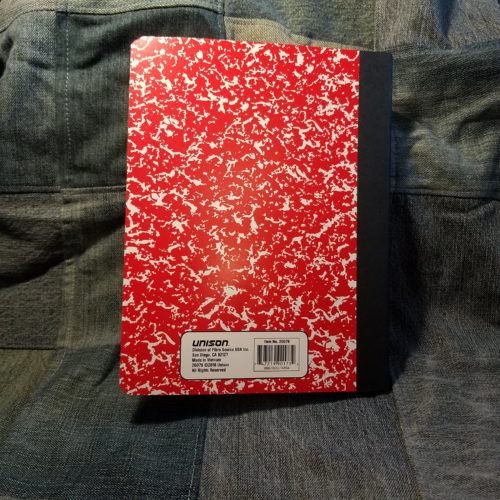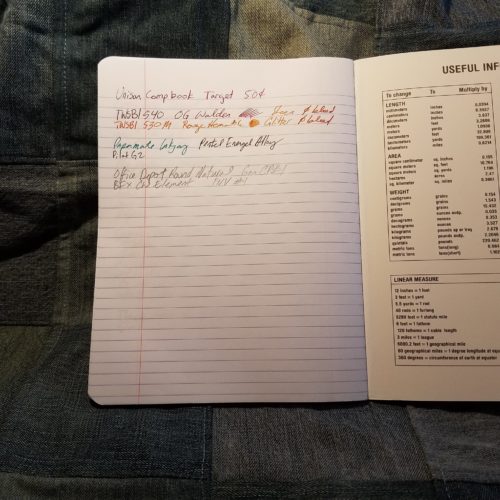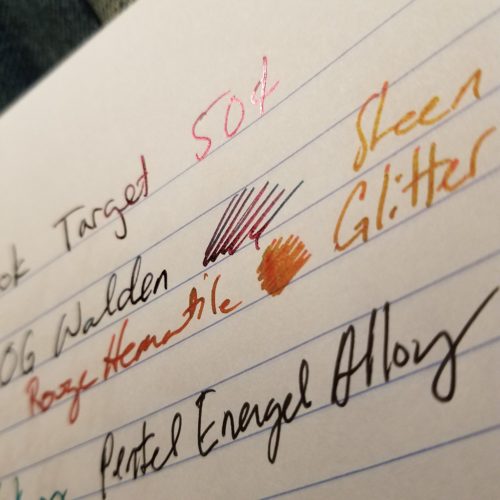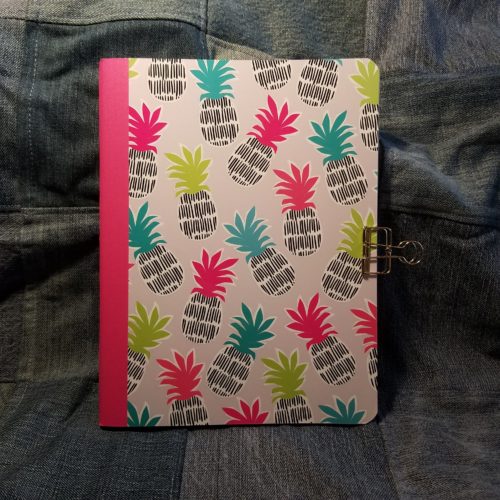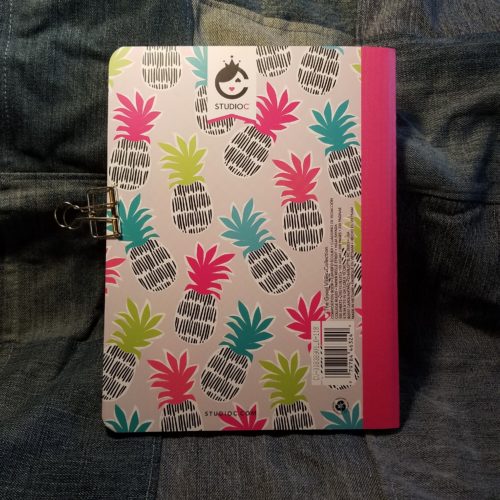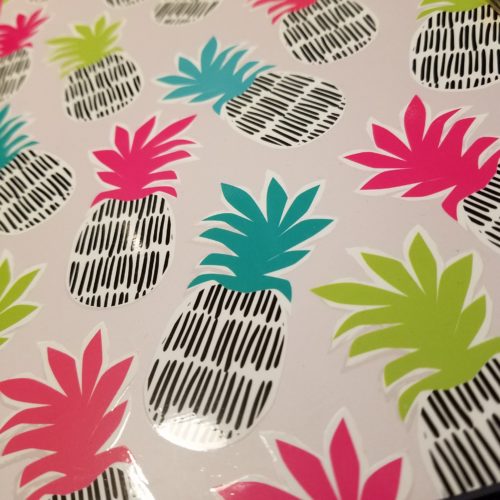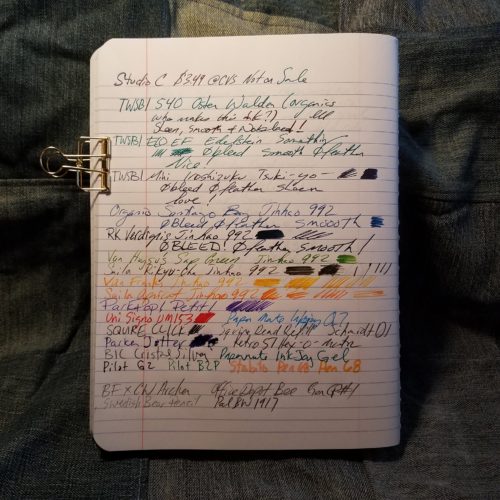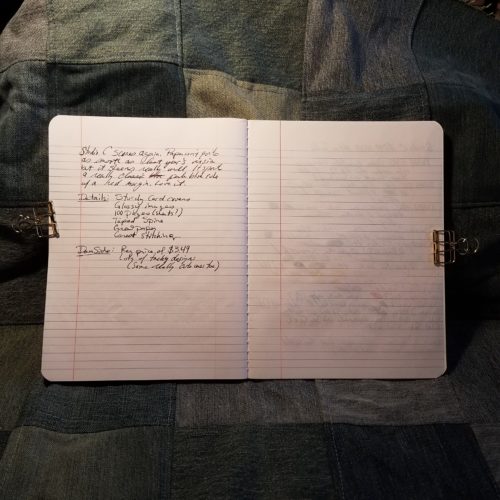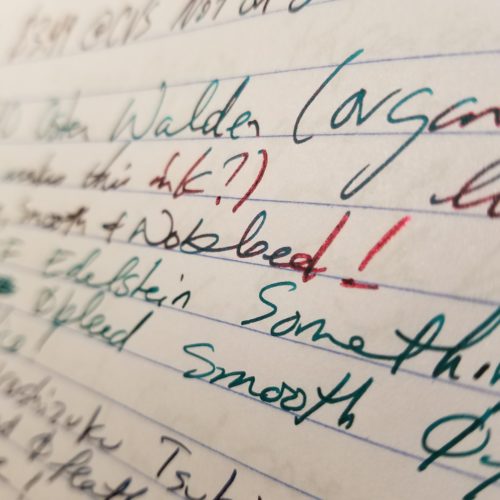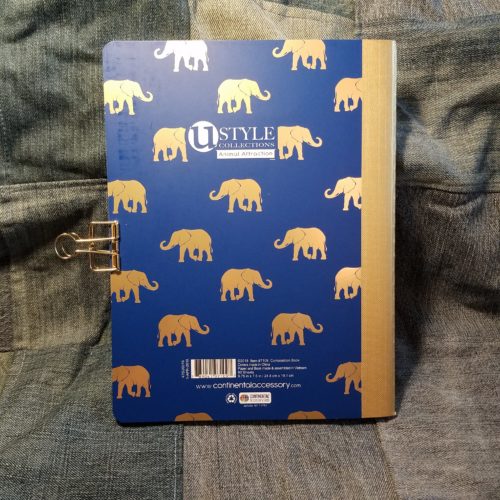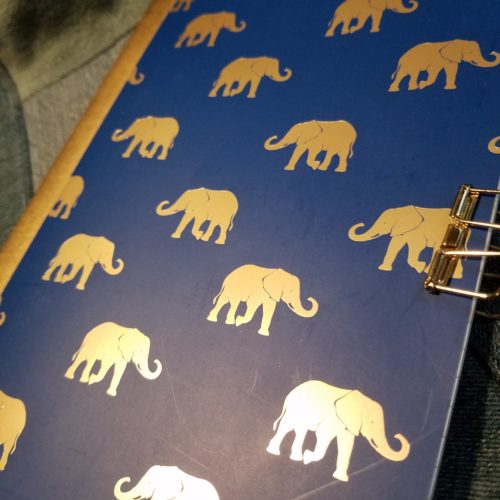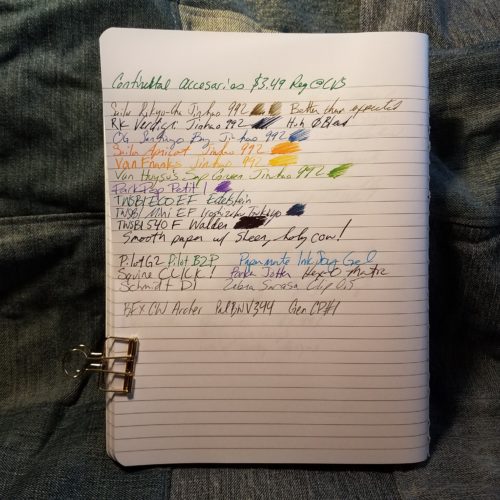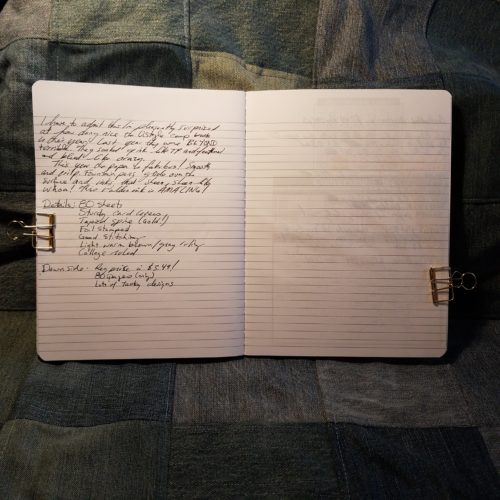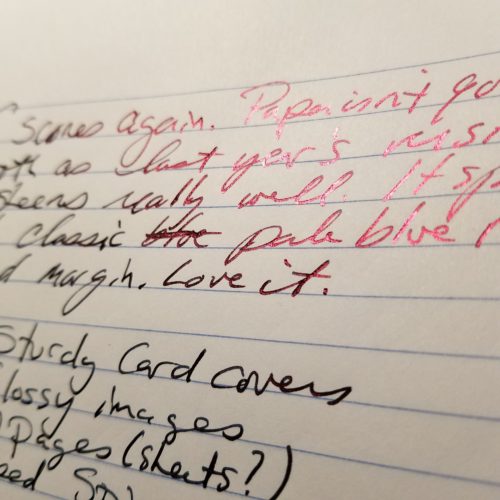The Walmart near me is out of my way so getting to it is a bit of a pain in the arse. I finally had a reason to go that was more pressing than just picking up a few notebooks. School started over a week ago and there were still parents and kids in there buying notebooks. Maybe they were hoping to cash in on some sweet clearance deals, but they were as surprised as I that clearance prices were not applied.
I picked up 4 different notebooks, 3 were actual composition notebooks while another was a sneak in disguise.
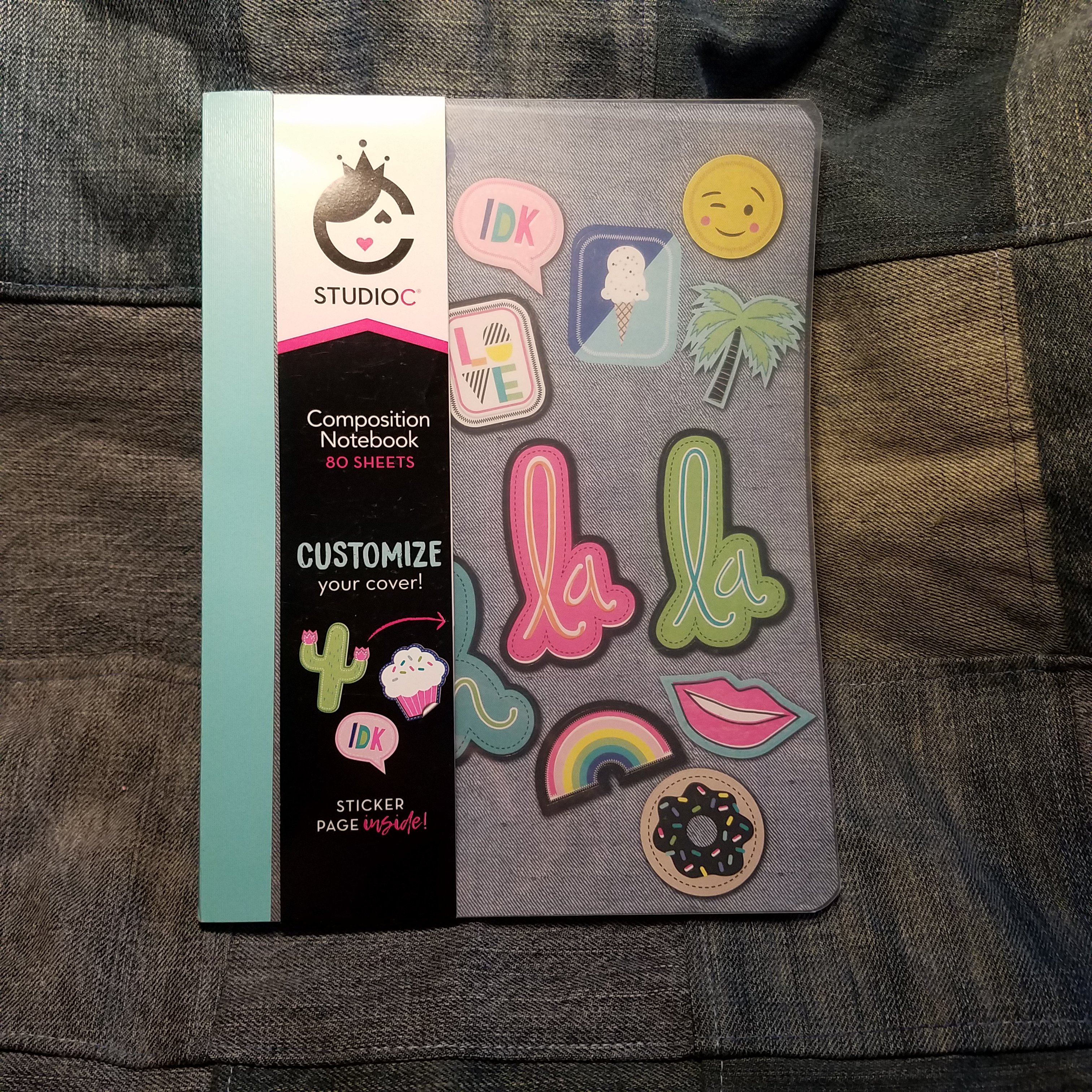
Studio C
- Clear Poly Cover with decorative stickers
- Wide rule only
- Perfect bound and thus NOT a composition book
- $1.96
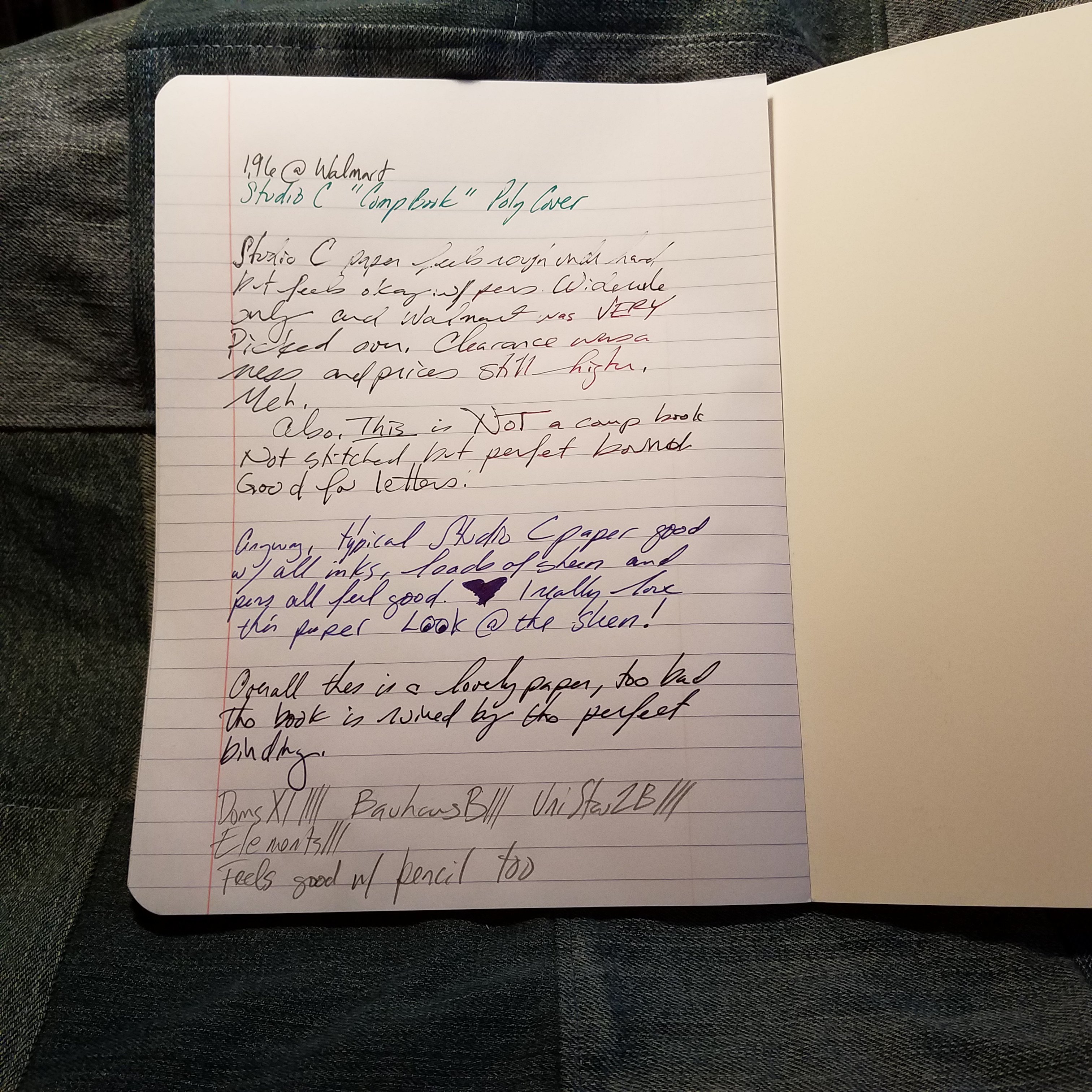
To be fair the Studio C notebook sports the same great paper as every other Studio C notebook. In this case the paper is slightly rougher than the other versions, but works well with every ink I tossed at it. All inks that sheen, sheened highly, and glitter glittered. Pencil feels great on this slightly toothier version of the Studio C paper.
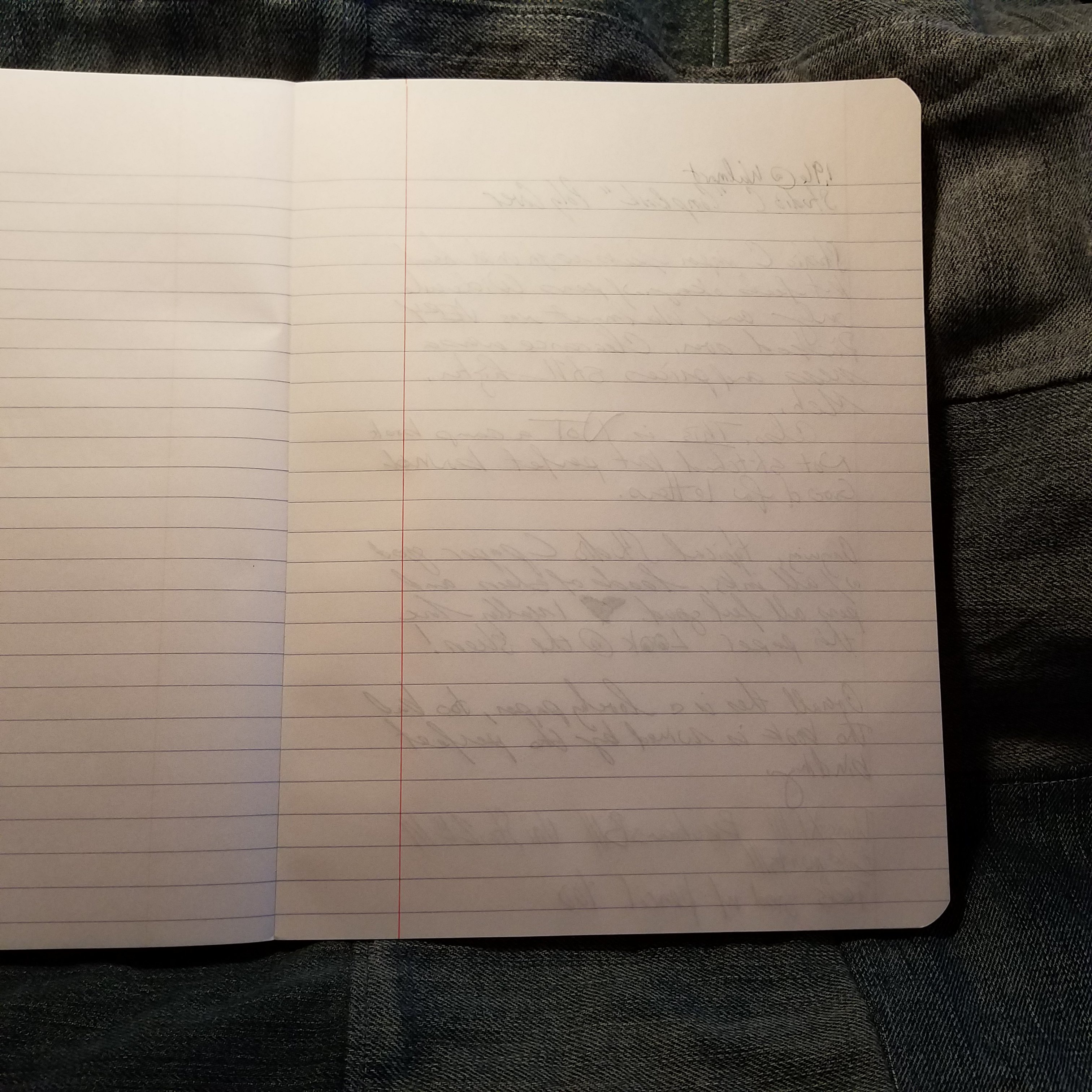
The poly cover is floppy and you cannot write in hand with this notebook. The biggest downer of this book is that it is perfect or glue bound instead of being stitched. Even after my review the back page was falling out. It will be great for letter writing or notes that need to be put into other books. Overall, I’m unimpressed.
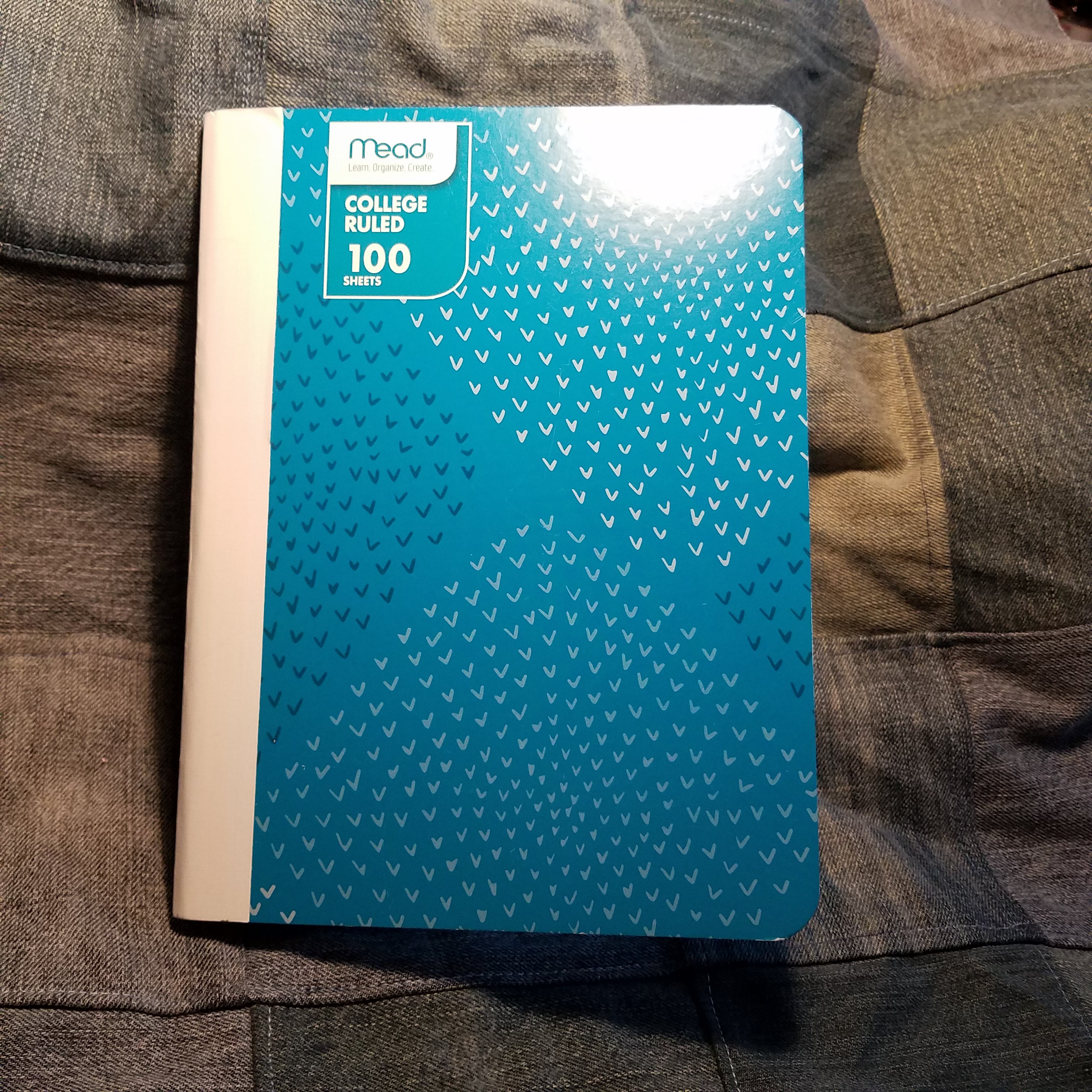
Mead Fashion Cover 100 Pages
- Thin card covers
- Fun patterns and colors
- Contrasting white spine tape
- 100 pages
- The palest of pale blue ruling
- 50 cents
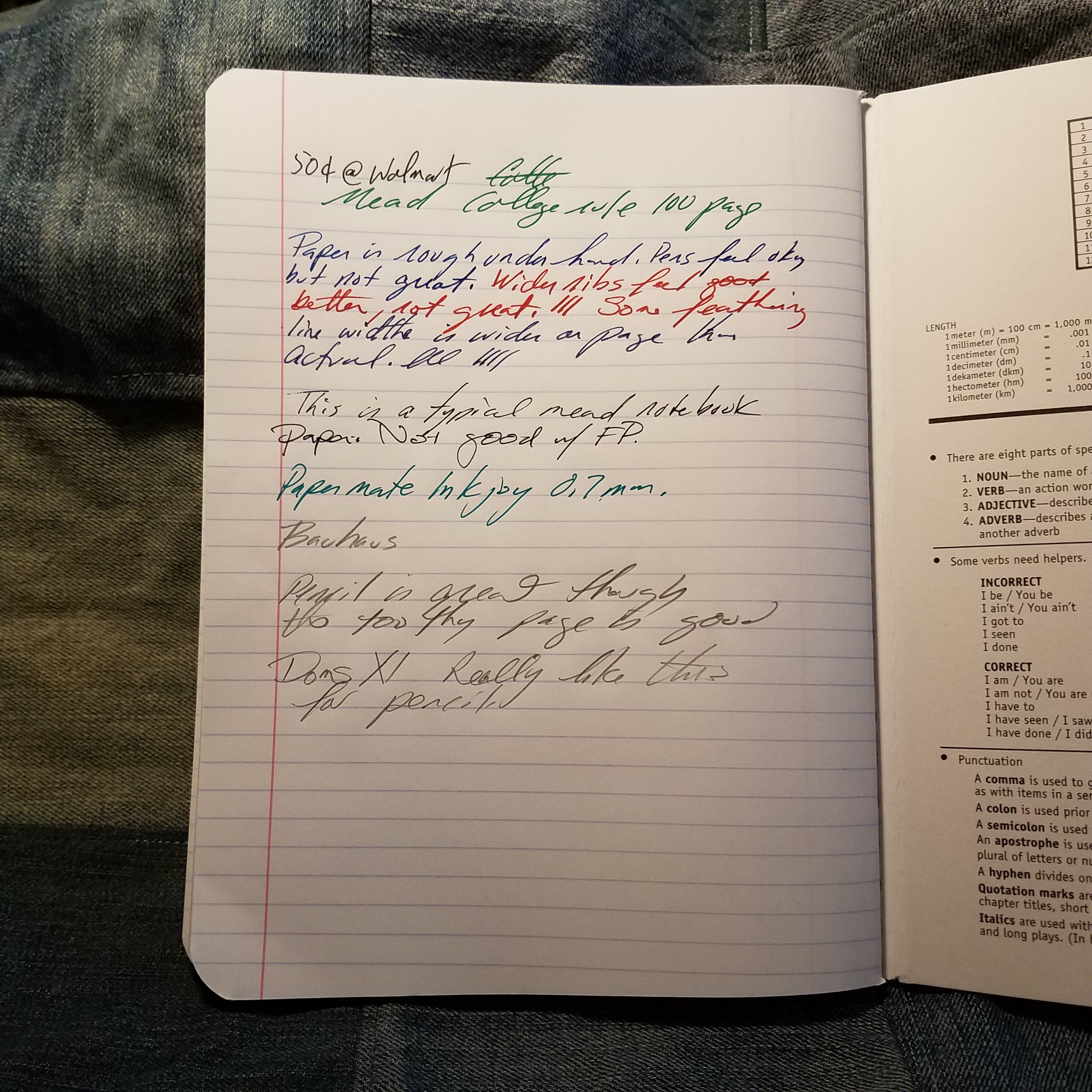
The covers of these Mead comps are gorgeous. I love the colors, patterns, and designs. I wanted to pick out one of each pattern and color. I’m glad I didn’t. This paper was absolute garbage with fountain pens and liquid ink. Some of my gel pens bled through. This is a ballpoint and pencil only notebook.
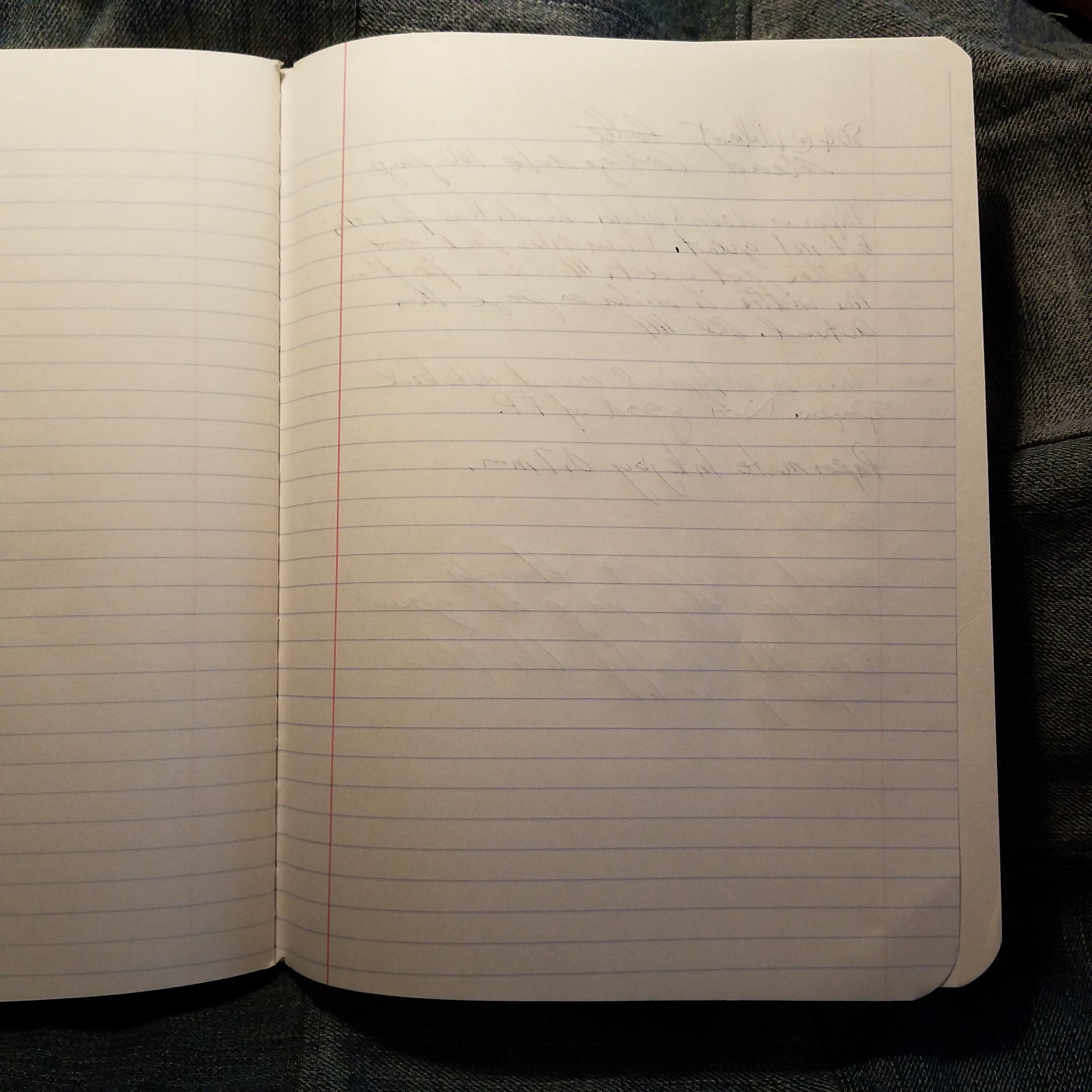
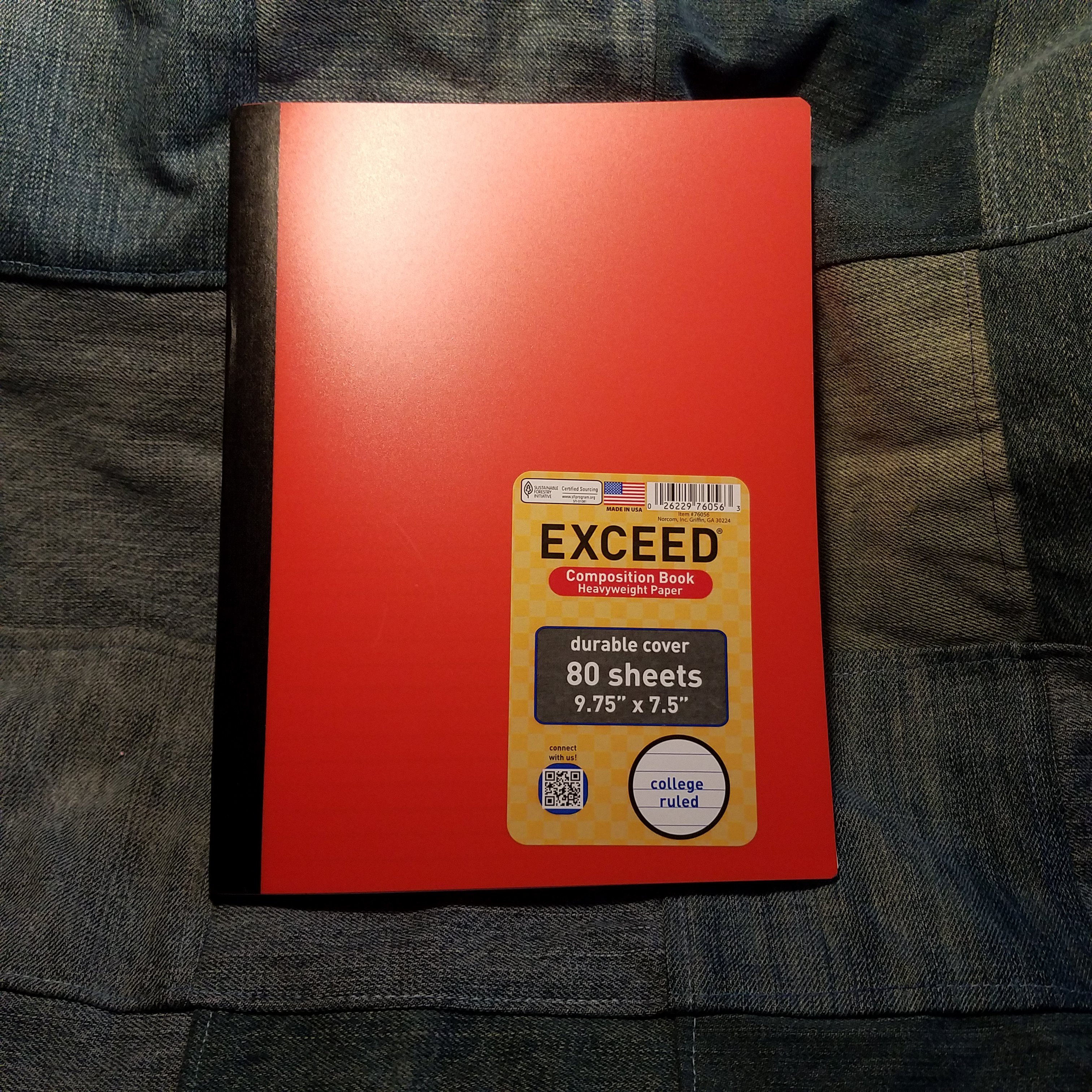
Exceed by Norcom
- Thick poly covers,
- Thick smooth paper
- Dark blue ruling
- 80 sheets
- Made in the USA!!!
- $1.47
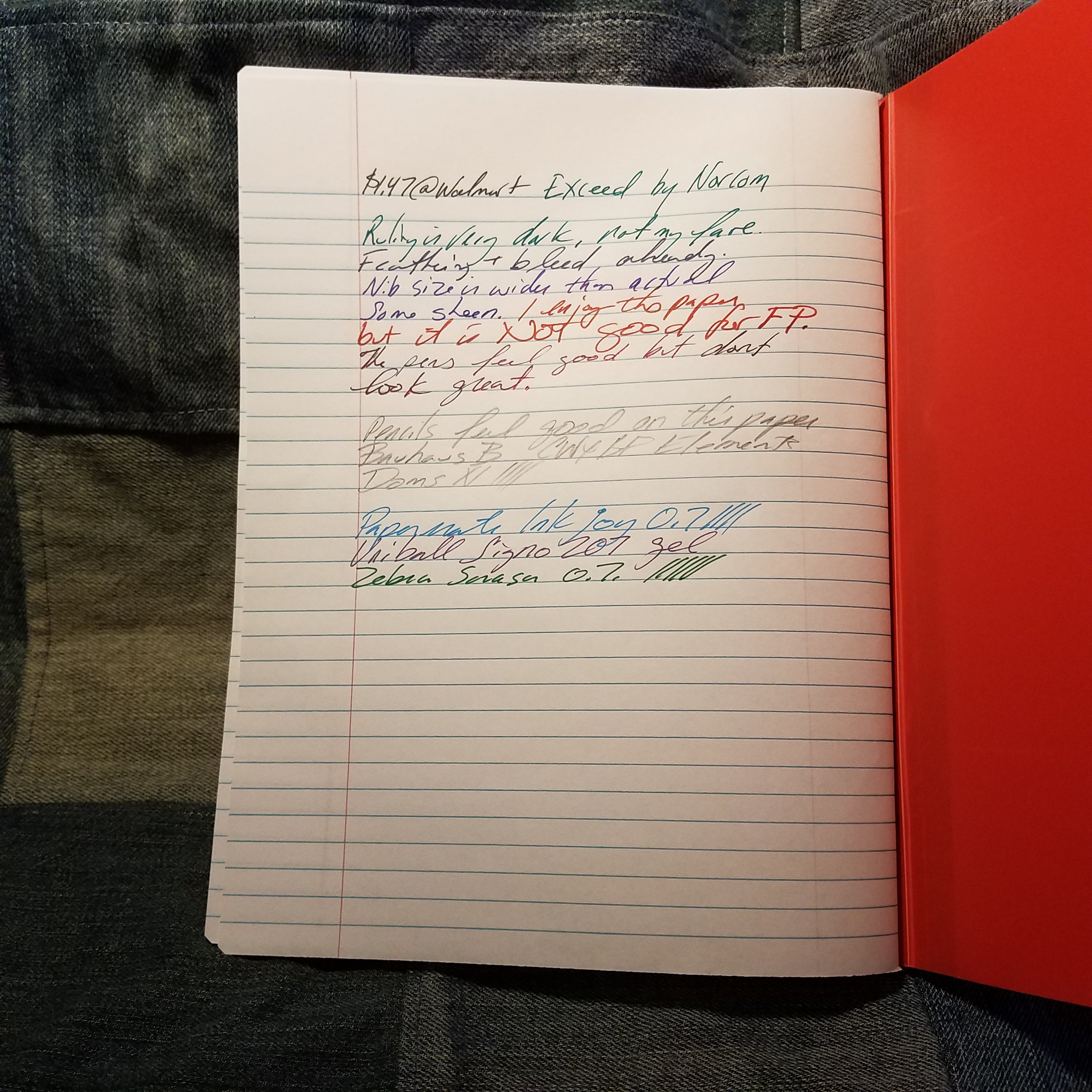
I had high hopes for this comp book, the Exceed Moleskine knockoffs have gotten rave reviews from many of my friends, and are offered in dot grid. Then. I saw that it was made by Norcom. Norcom makes great comp books but not one I’ve tried has a bit of fountain pen compatibility. That was the case with these. Not only did inks feather and bleed, but they soaked through to the page behind! Not good. Pencil, ballpoint, and gel inks performed well.
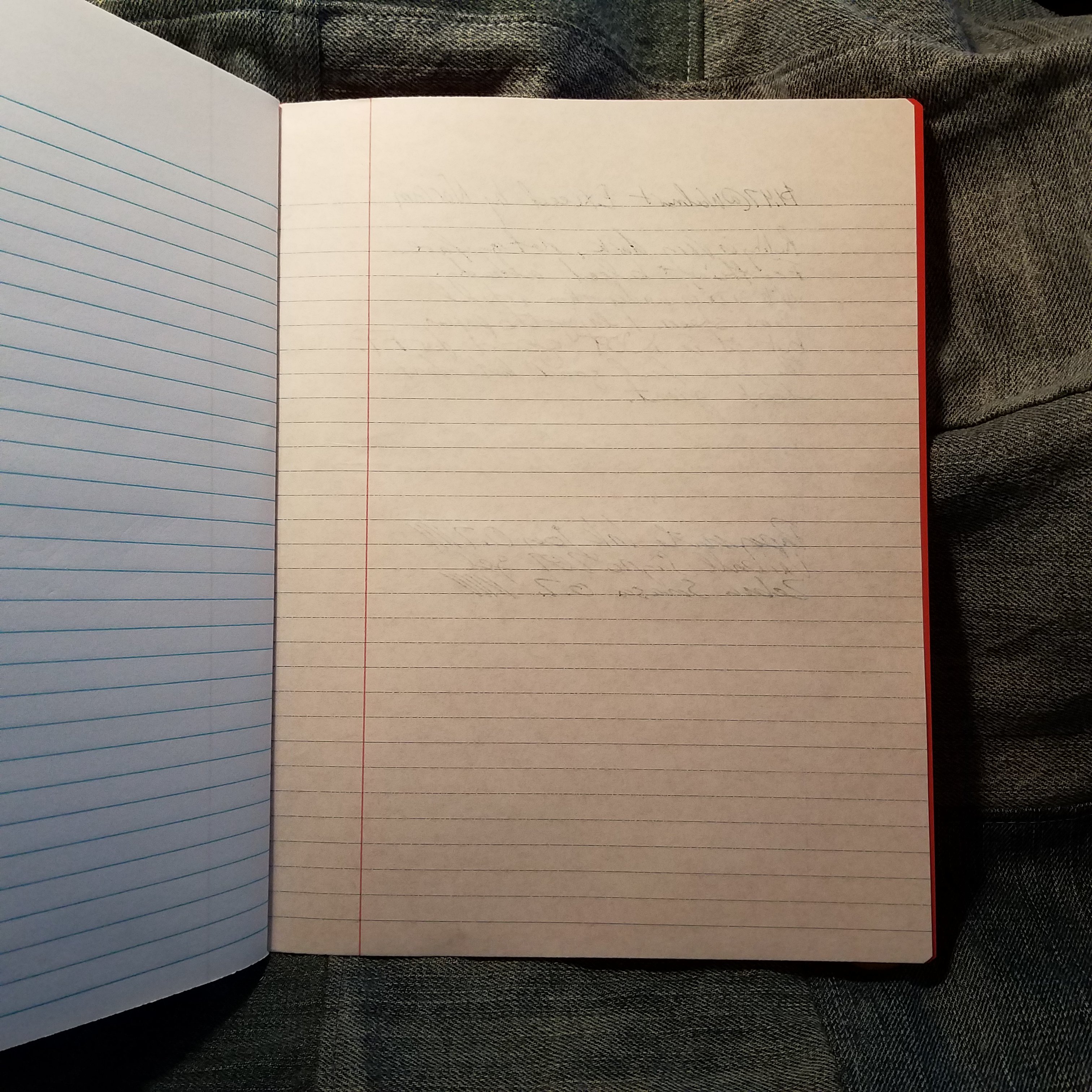
As poly covers go, this is a good one, you’ll just need to use pencil or ballpoint. The stitching is great.

Pen+Gear by Walmart
- 80 pages
- Medium blue ruling
- Thin, floppy poly cover
- Well stitched
- Overly narrow, black taped spine
- 50 cents
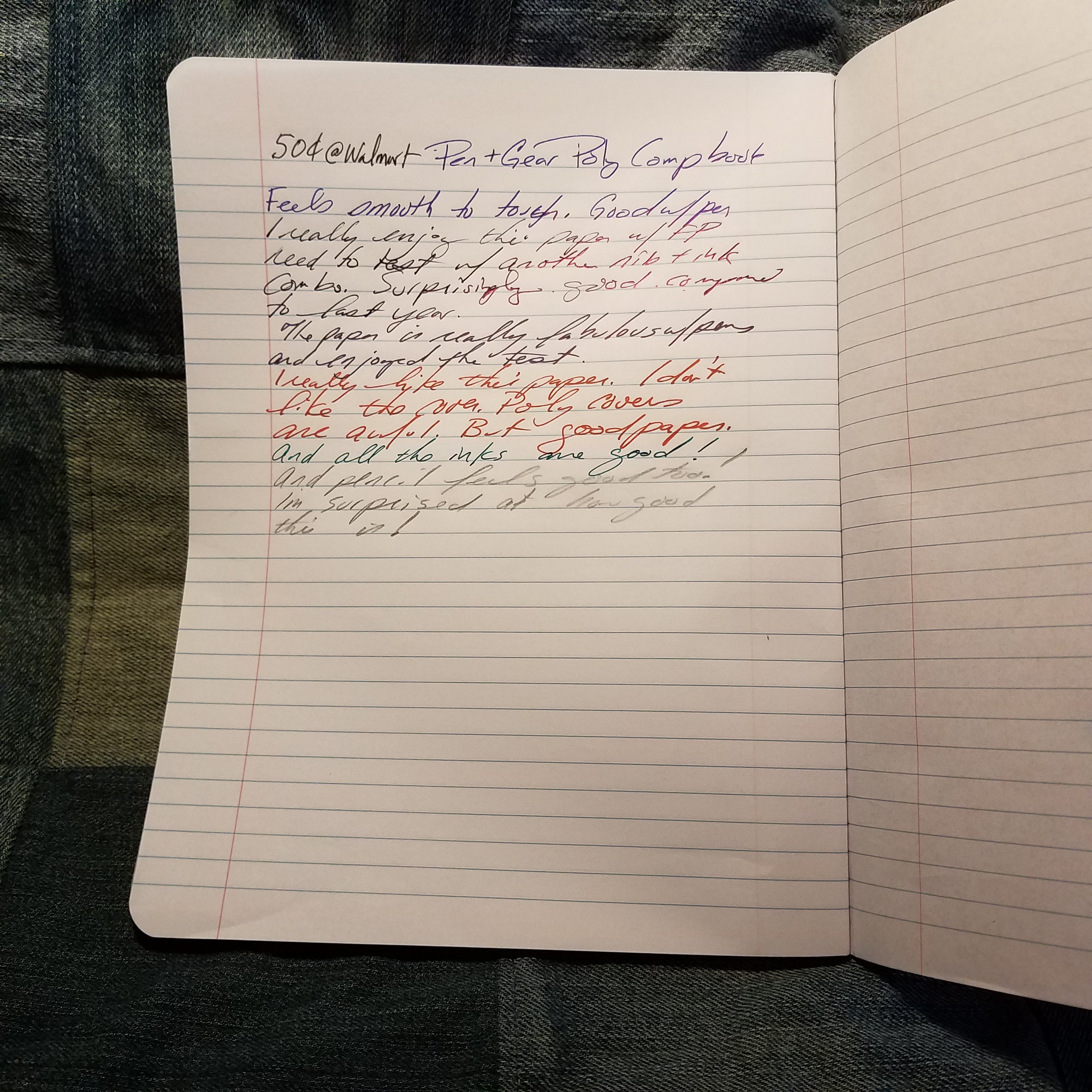
Last year’s version of the P+G comp was garbage. I picked this up because it was 50 cents and I wanted to see if it was still garbage. The paper is smooth and feels good. I was surprised when I used my fountain pens and nothing feathered or bled. Inks looked amazing on this paper and my pens felt amazing too. Loads of sheen and glimmery glitter.
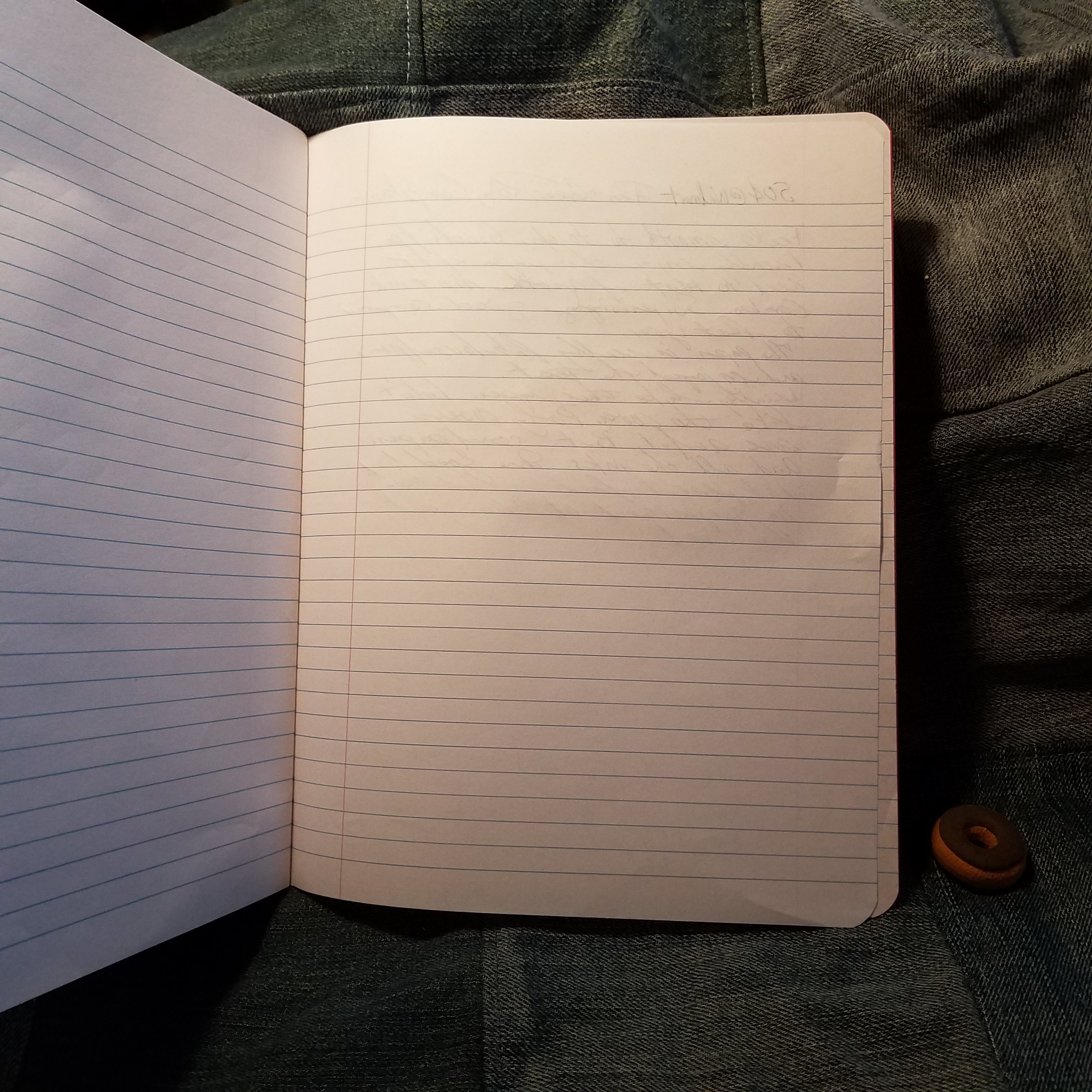
Anyway, the mighty have fallen and some have risen. In the composition book grande battle royale, there are a few winners and a few losers. The winner hands down are the Studio C- they aren’t the best price but they offer a sturdy binding and the best of the best in paper. If you want the best price- the Target Unison at 50 cents is the best classic covered at the best price. They also sport some amazing paper. If you want a poly cover (why, why would you?) the Pen+Gear was a surprising winner at Walmart this year. The paper is lovely and the plain colors are great. They had a number of foiled holographic fashion covers available, sadly also poly covered.
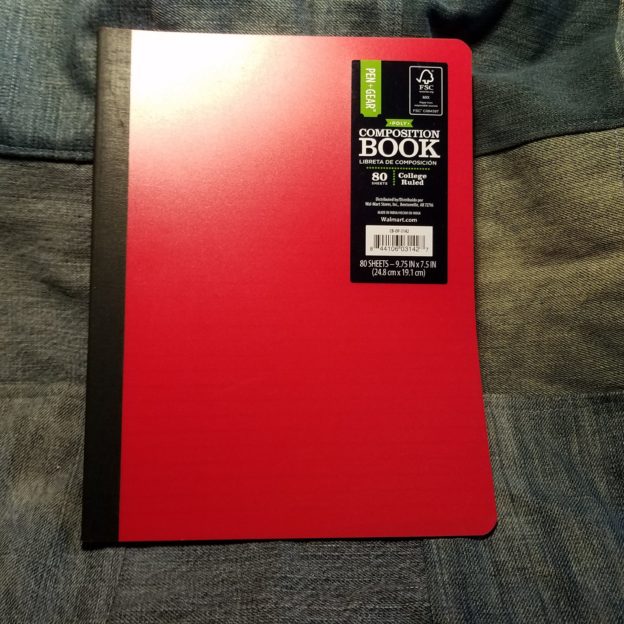
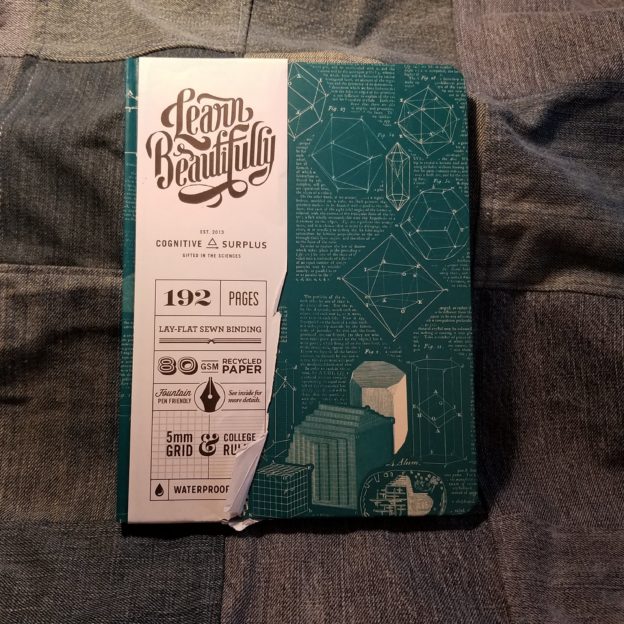
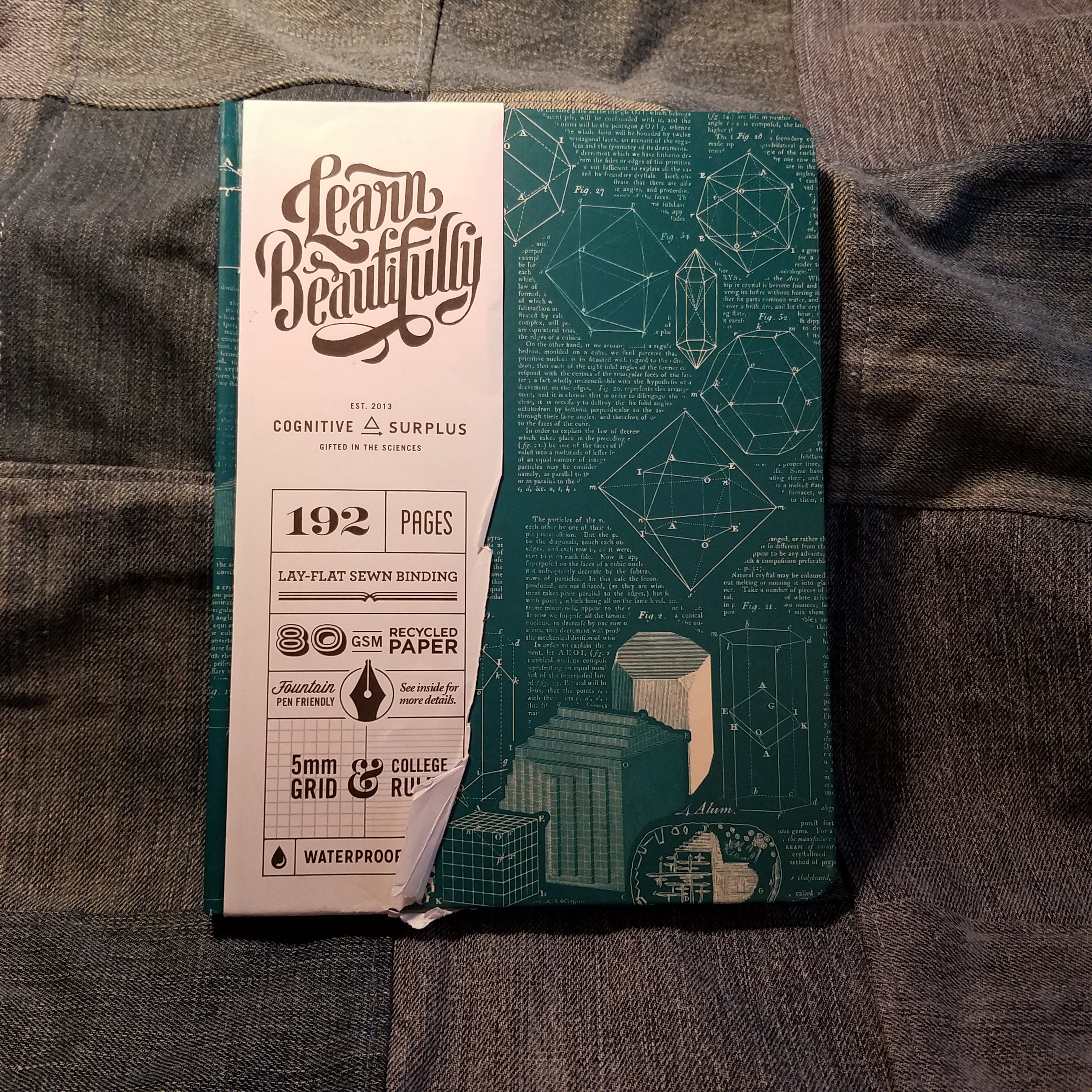
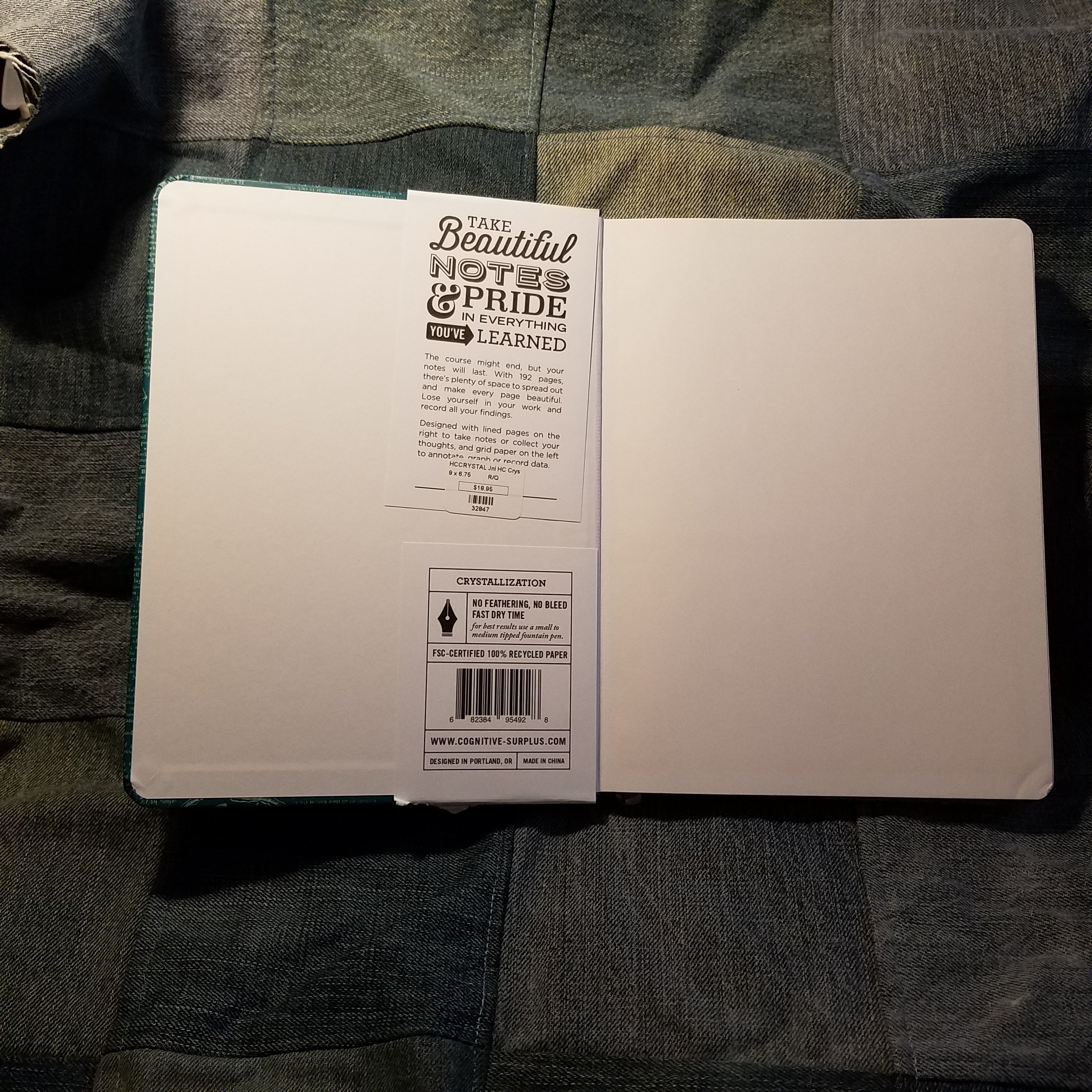
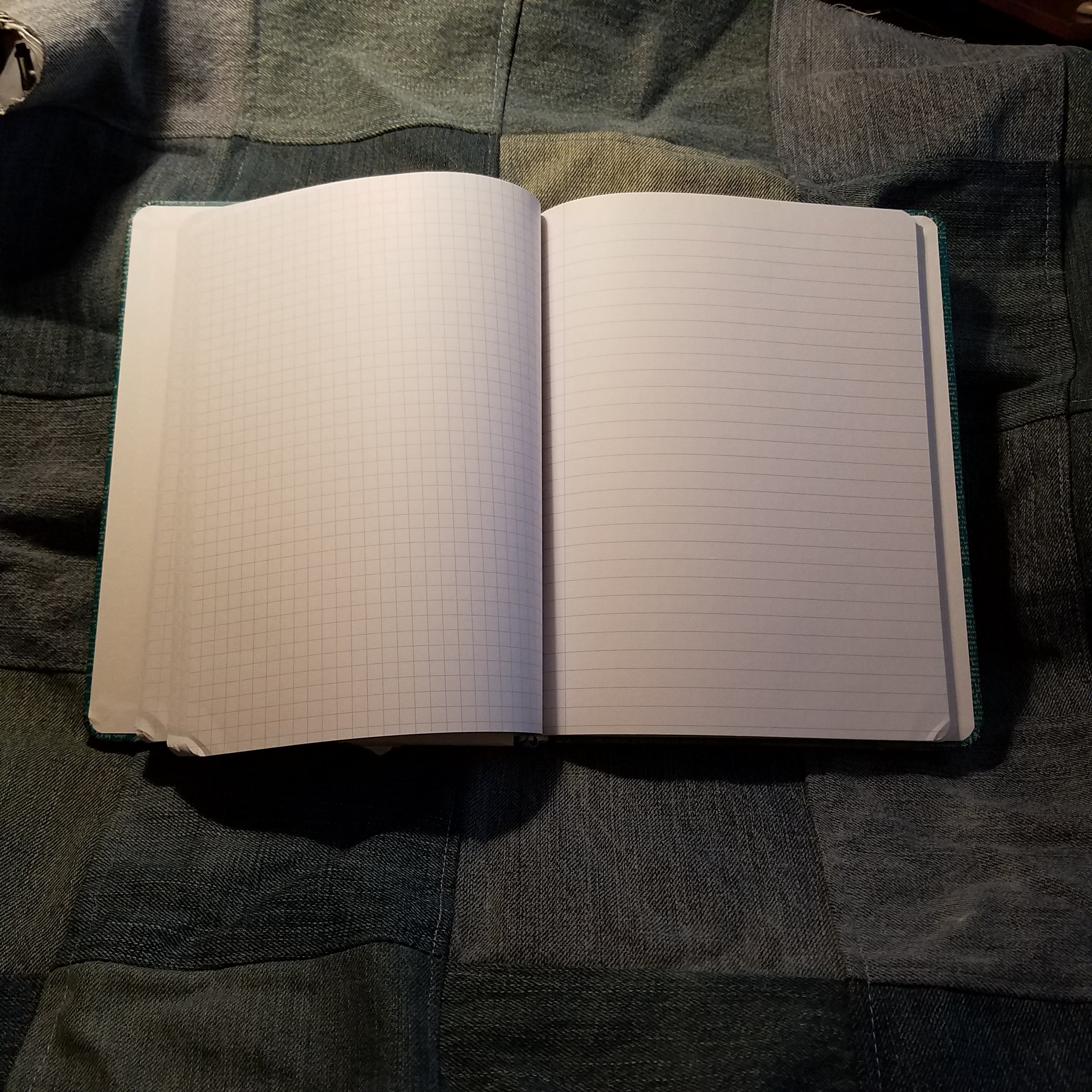
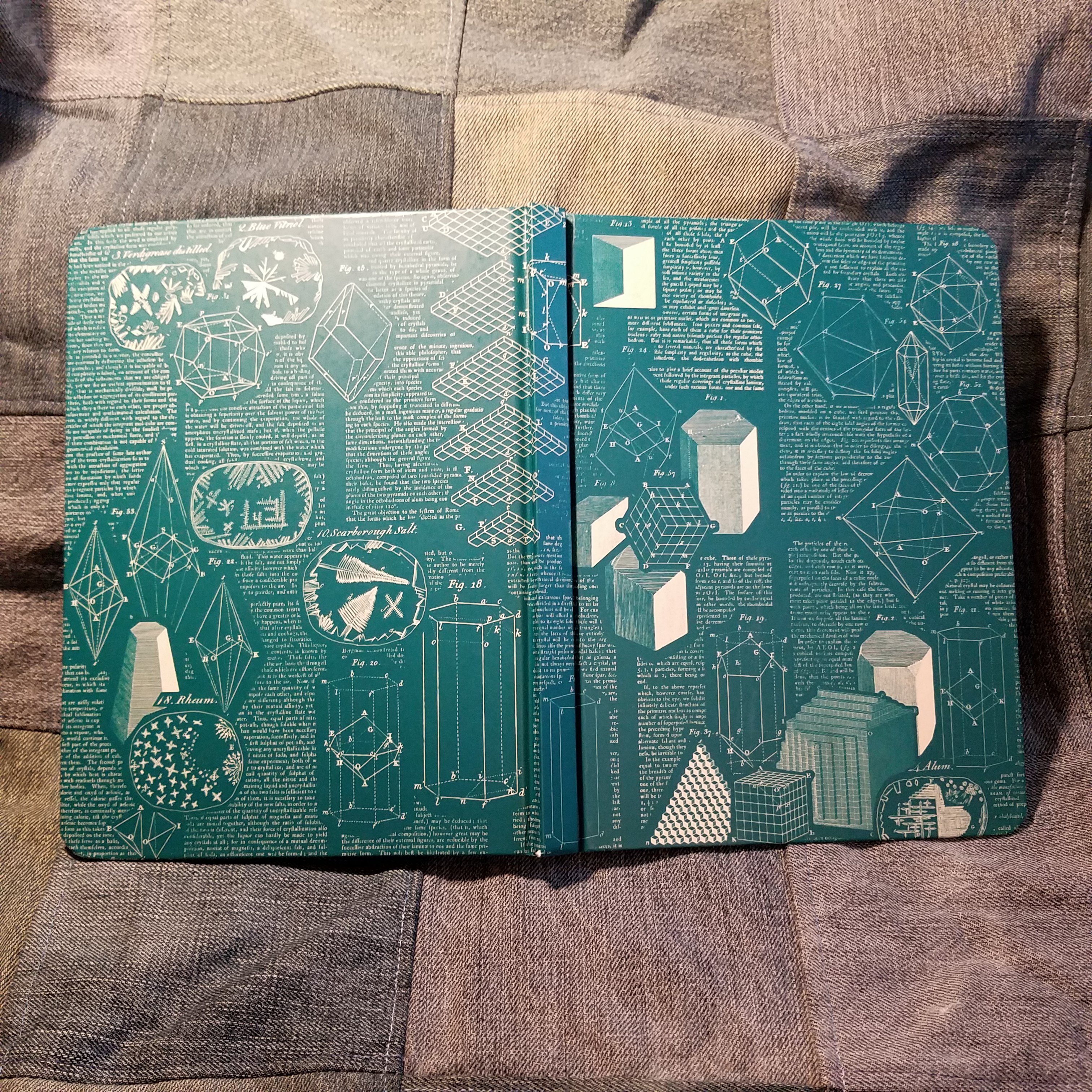
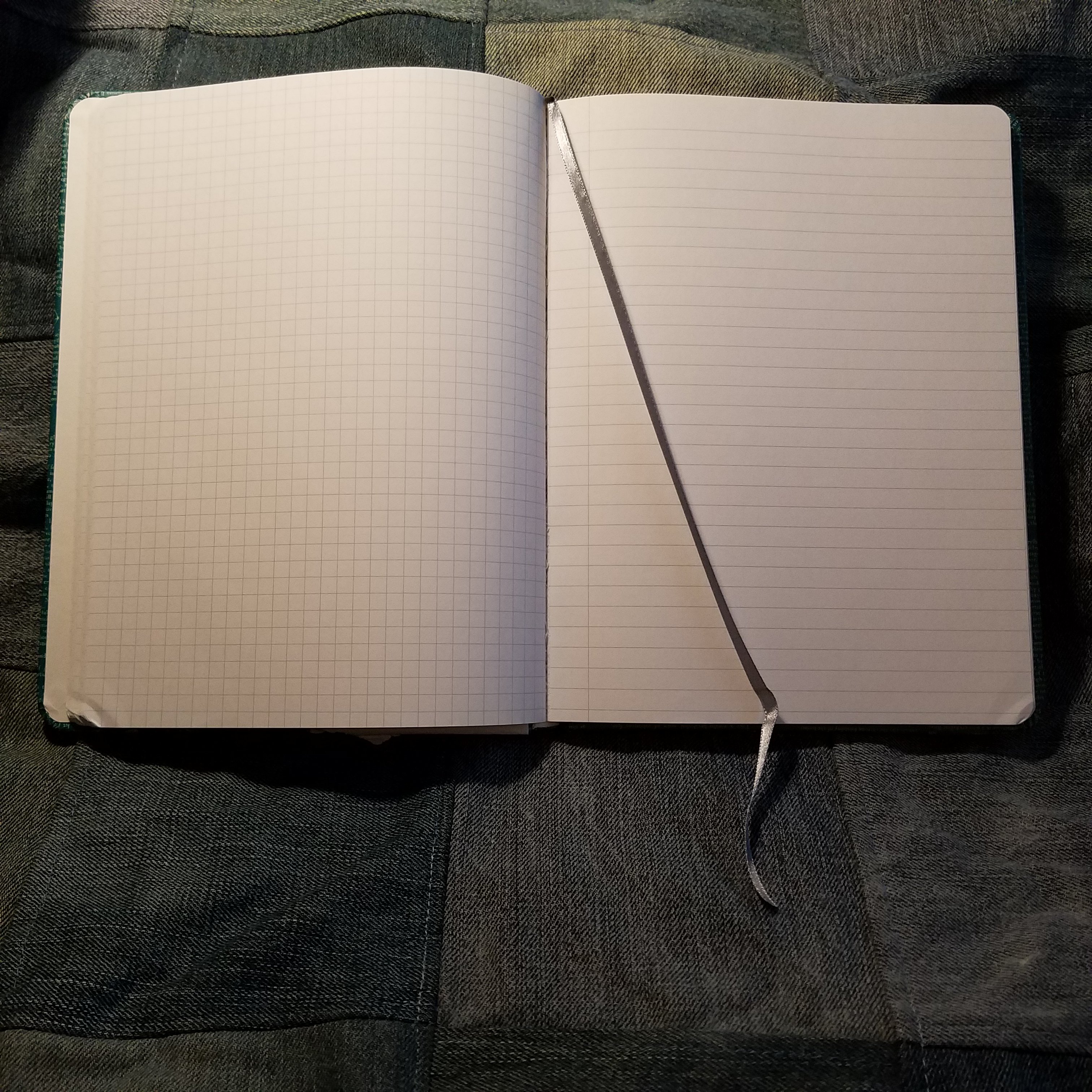
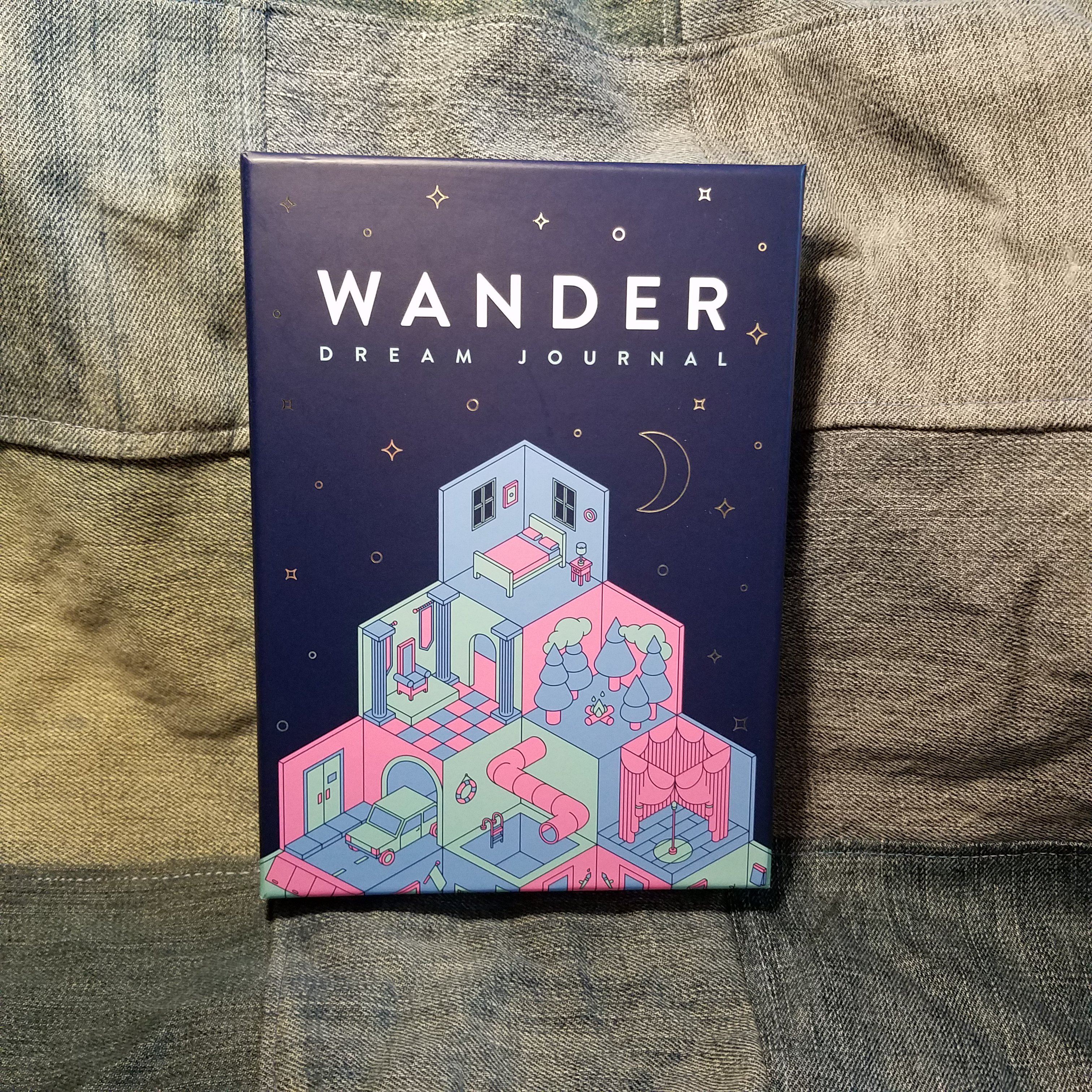
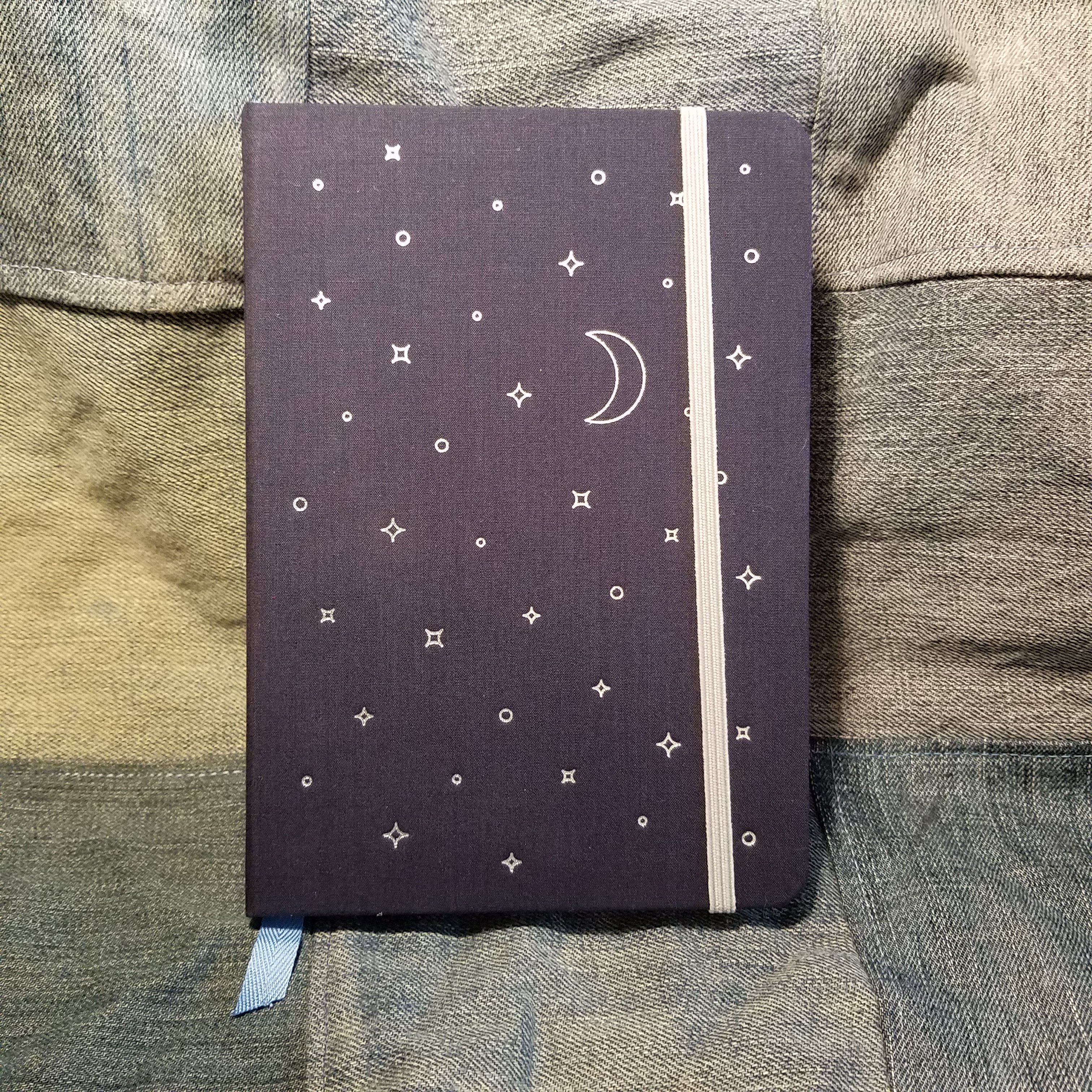
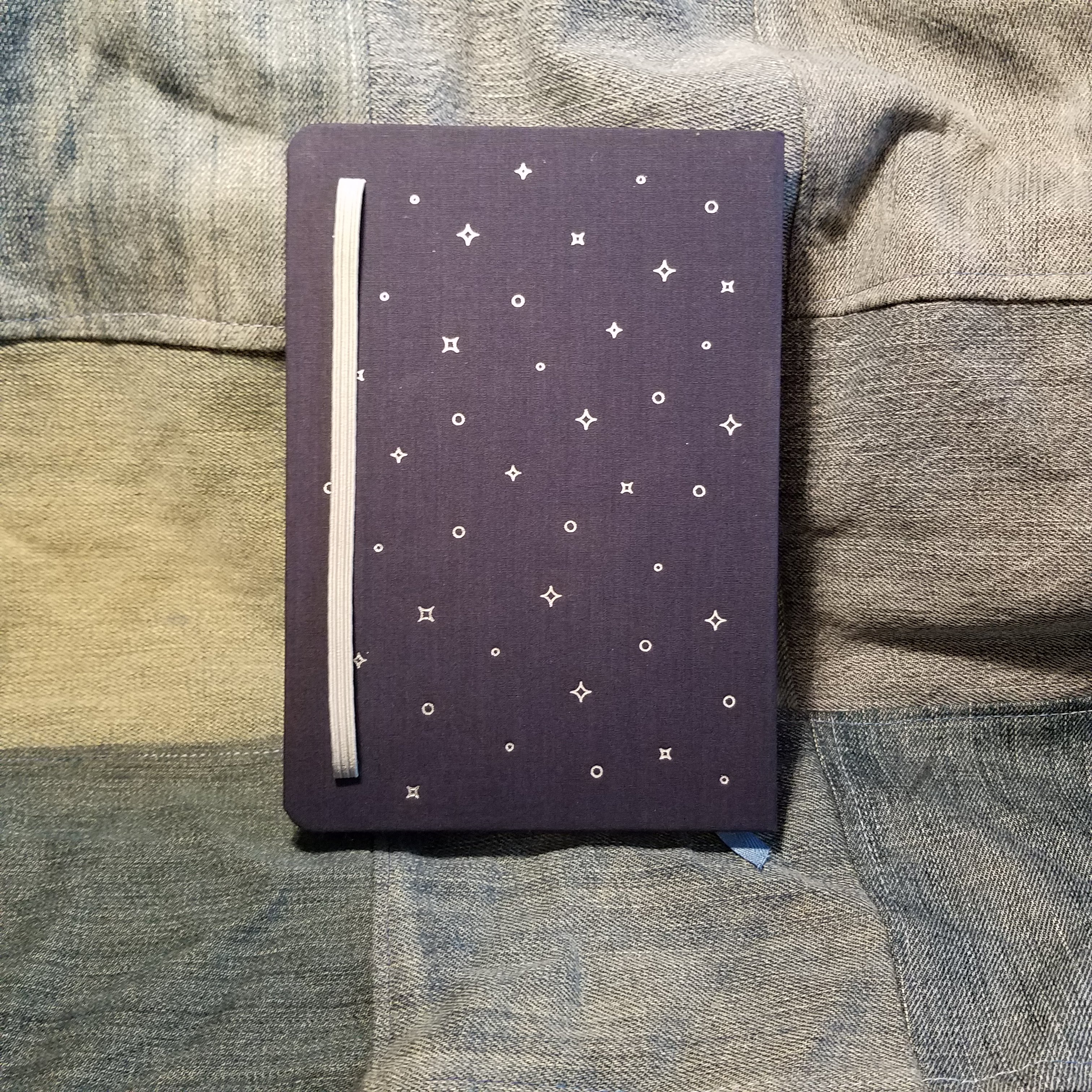
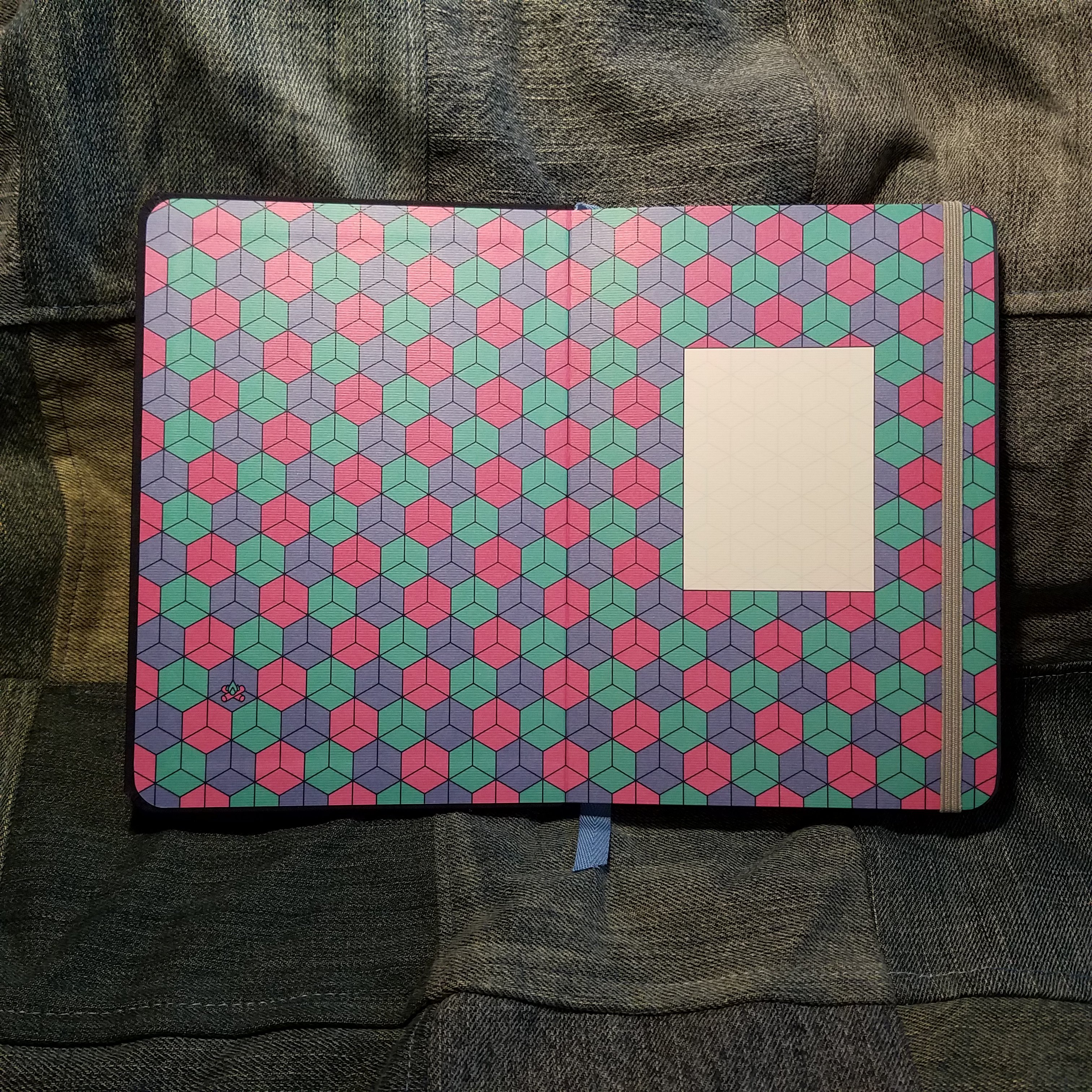
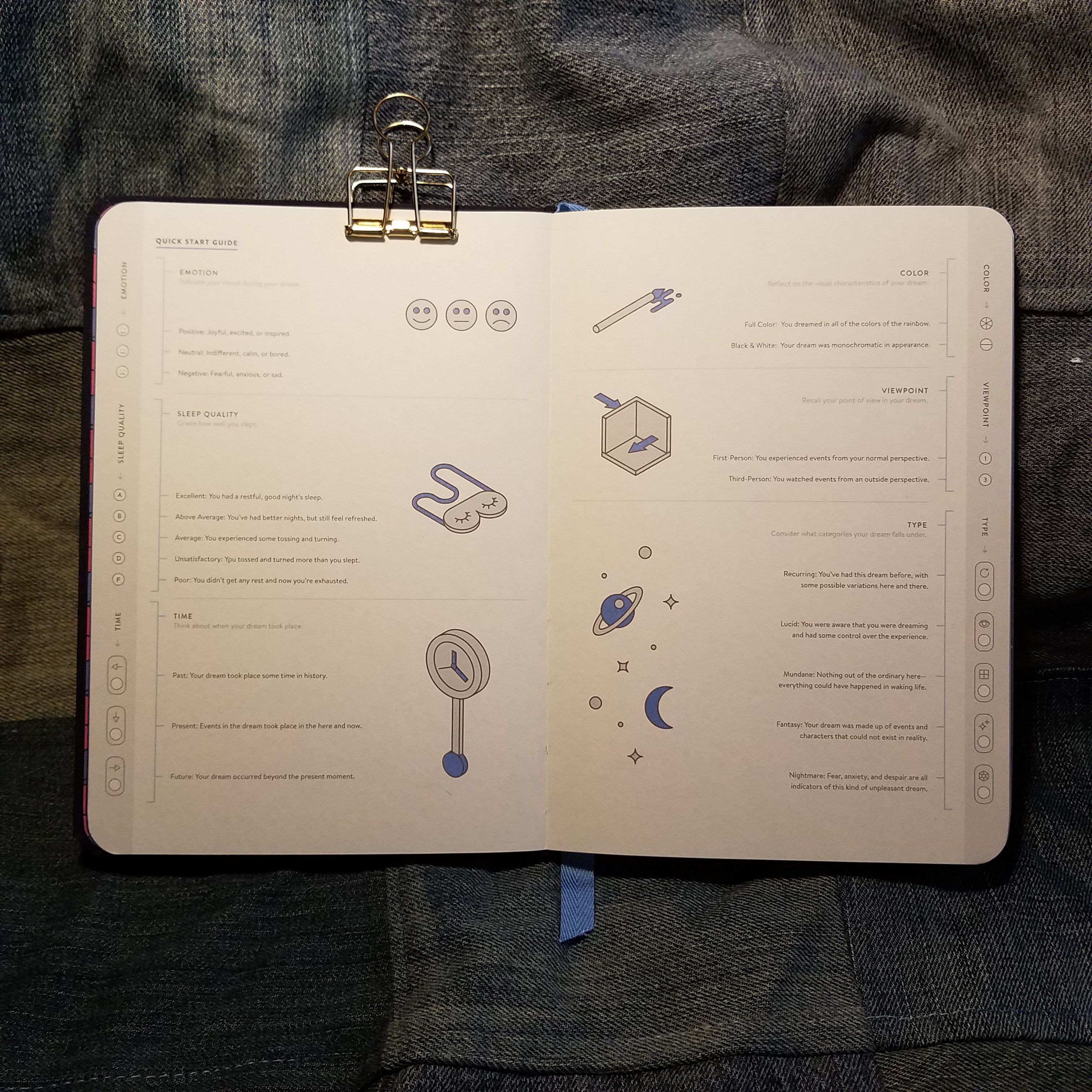
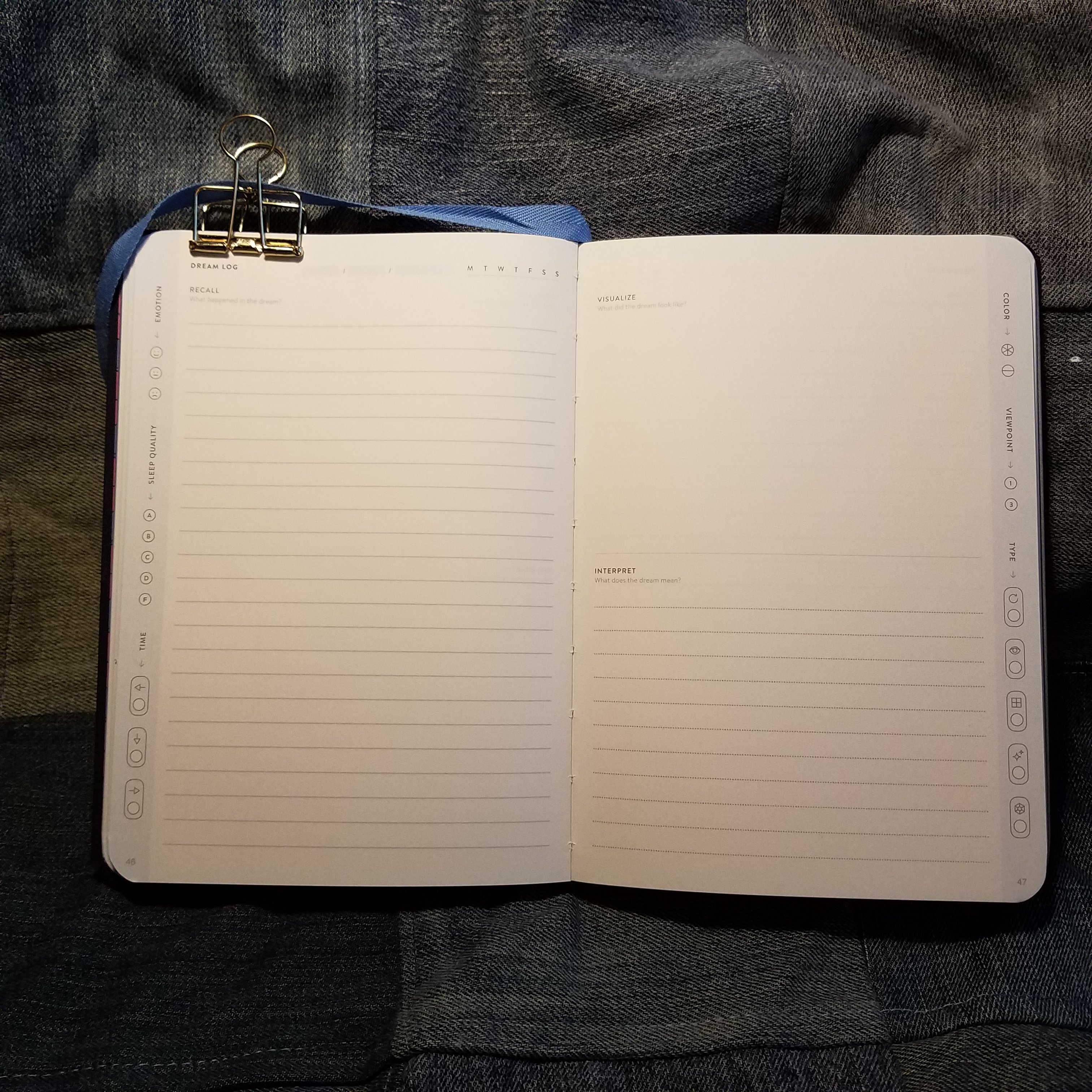
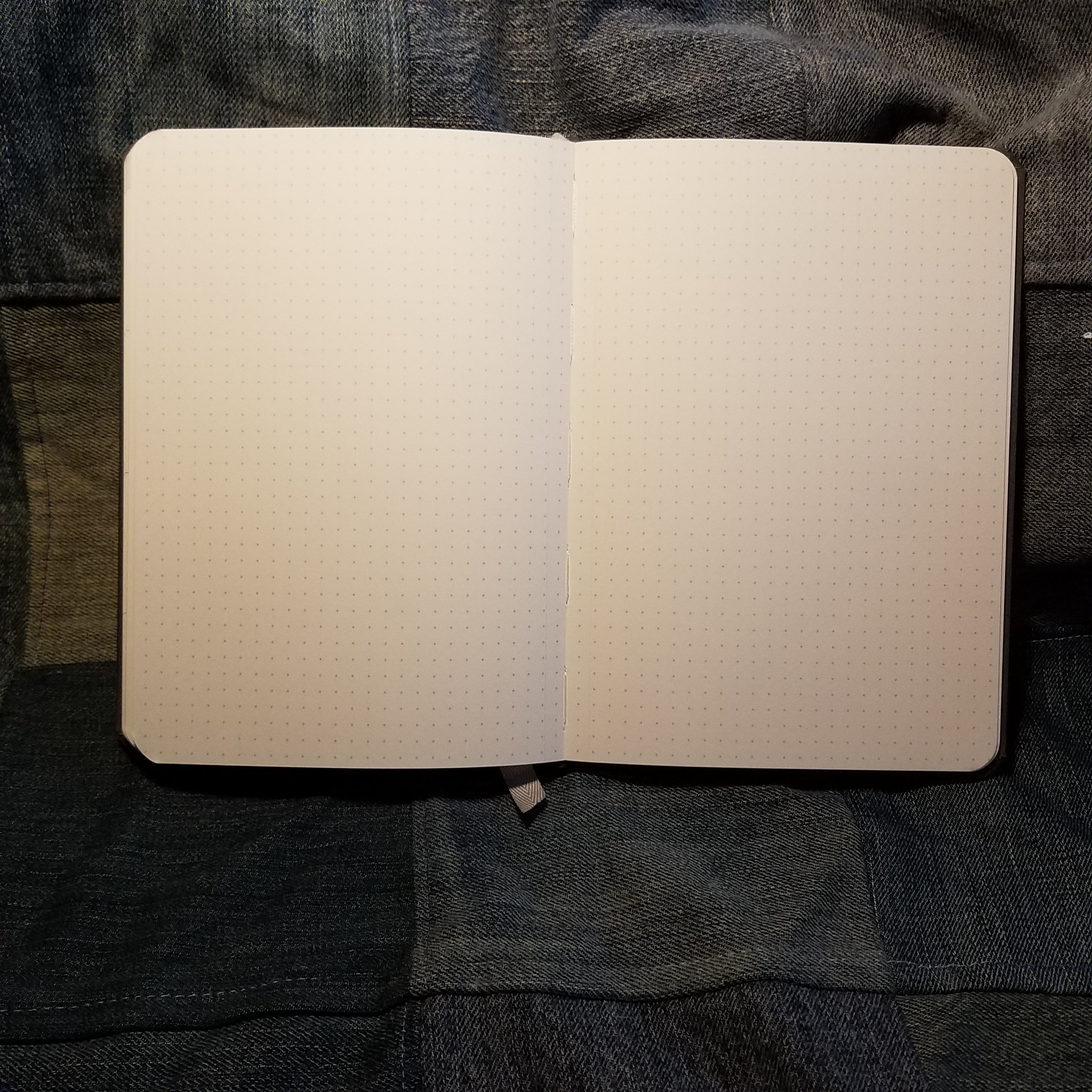
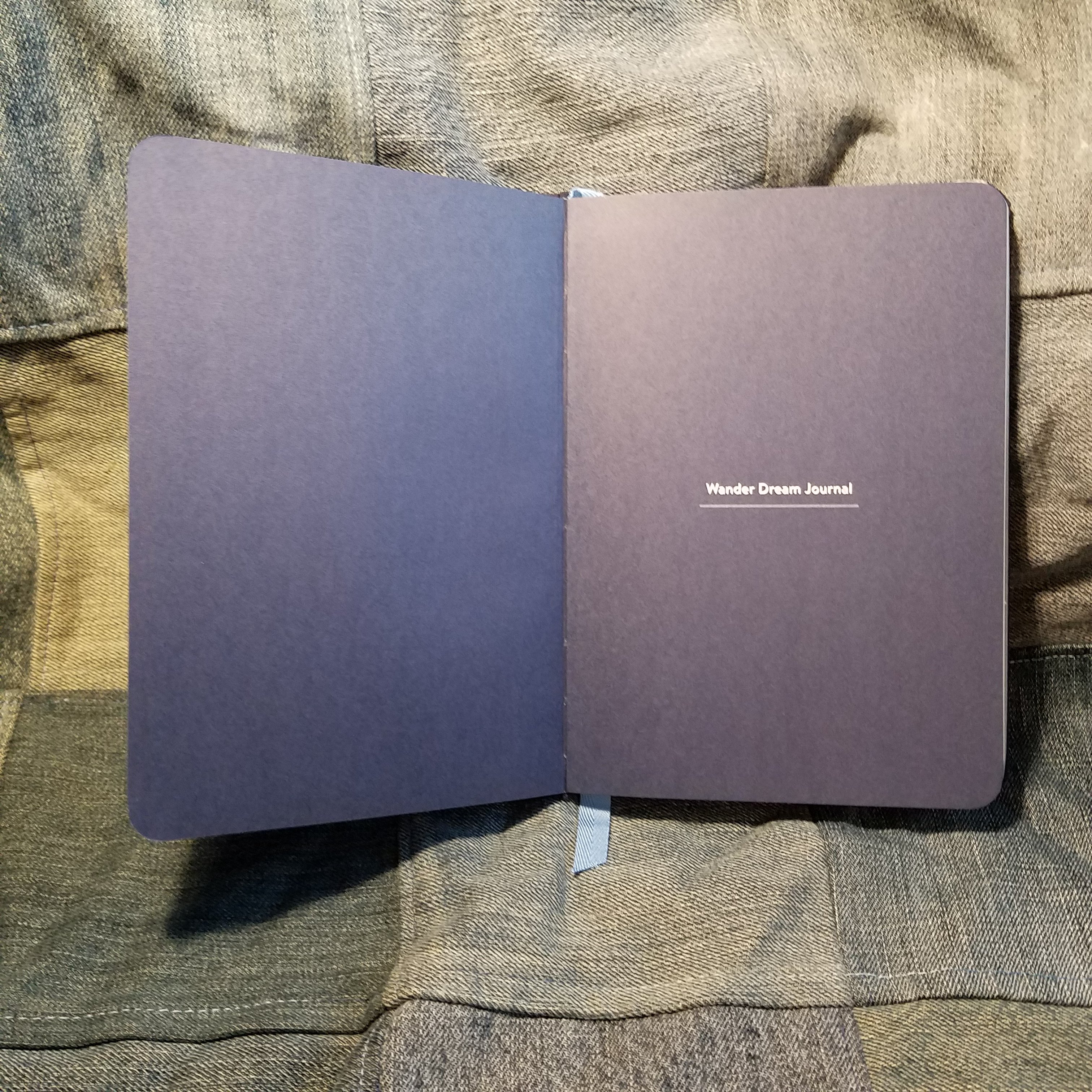
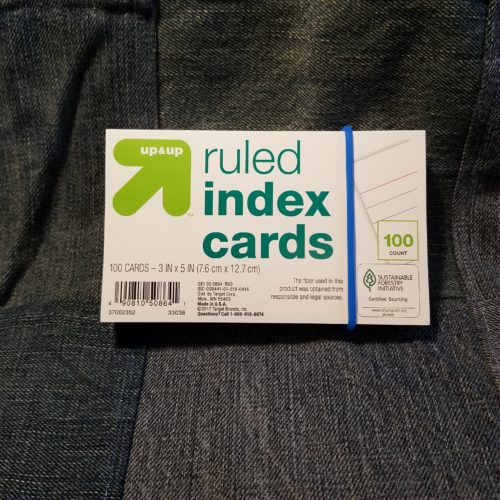 At a glance:
At a glance: